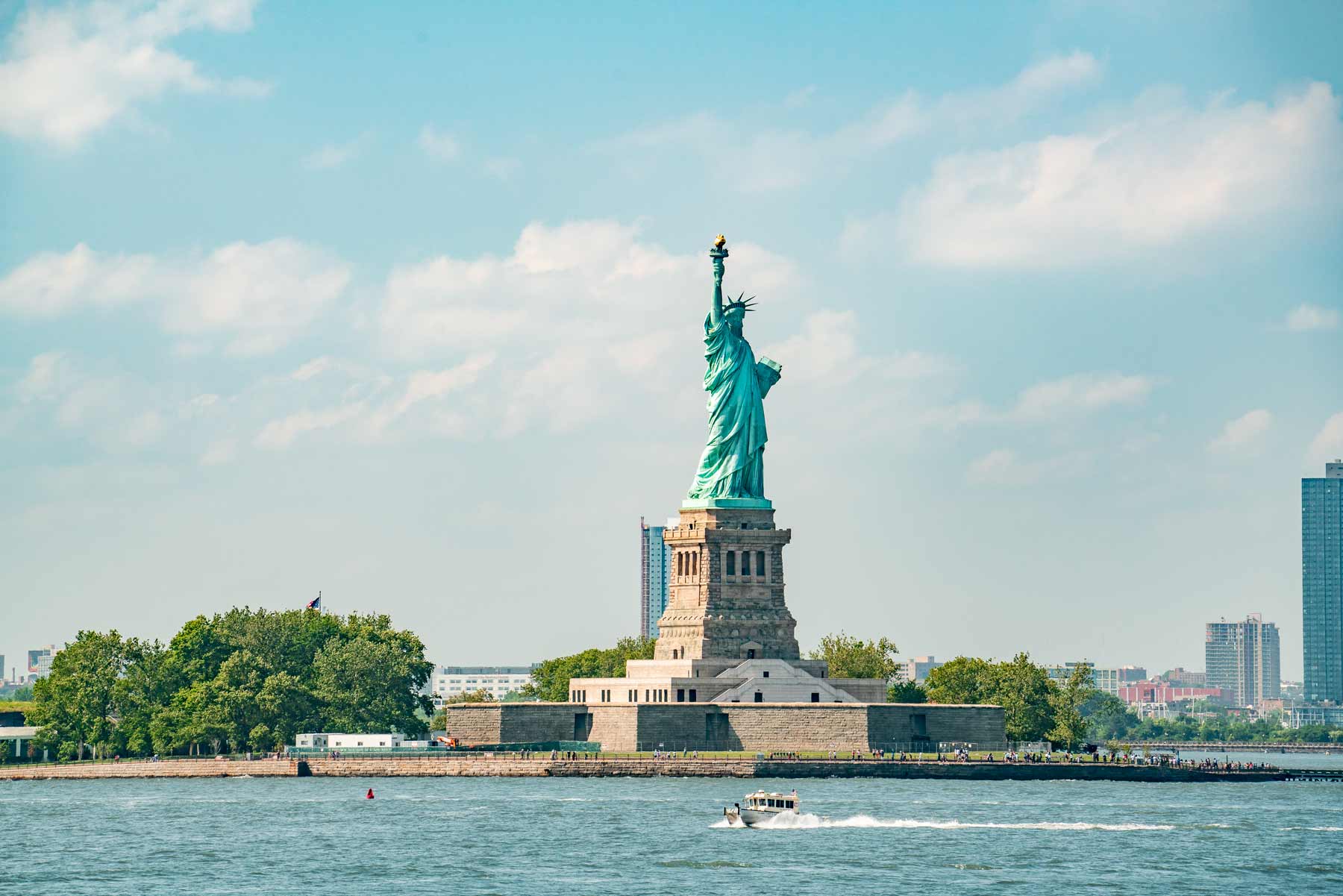
Article Summary: New York National Parks
New York National Parks! We’ve got 25 incredible national park sites for you to see on your next visit to the Empire State.
New York National Parks include amazing historic sites, incredible monuments, iconic parks, legendary trails, and more.
I’ve been to so many of these amazing places since retiring from teaching in 2018. Did I mention that I taught history? I spent a lifetime teaching about the history behind these momentous sites. Then I got to see them firsthand. And now I’m sharing the stories of these incredible places with you. It doesn’t get any better than that!
Well, actually it does since I was born and raised in New York City.
New York has many national park sites, but doesn’t have any congressionally designated “National Parks.” There’s a whole host of amazing New York National Park Service sites to visit nonetheless and we’re going to cover 25 of them.
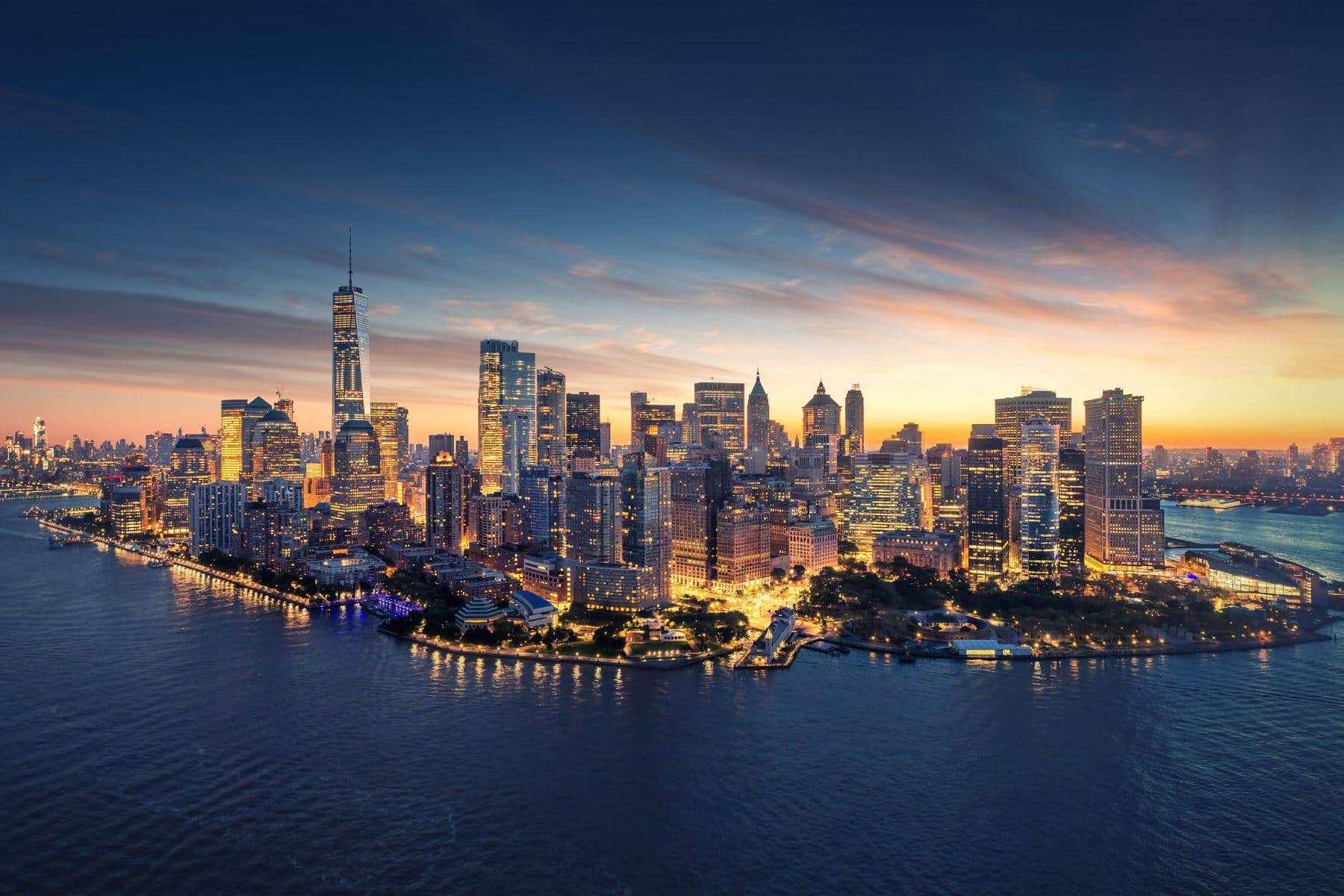
So, What Is A National Park?
We get asked that question a lot because there’s a difference between a “national park” and a “national park site.” To help you understand that difference you might want to check out our article titled: What Is A National Park Really?
If you’re planning a trip to the Empire State then one book that I highly recommend is: Historic New York: A Tour of More Than 120 of the State’s Top National Landmarks by Karen Cuccinello.
We’re going to give you 25 wonderful reasons why you’ll want to make New York your next vacation destination.
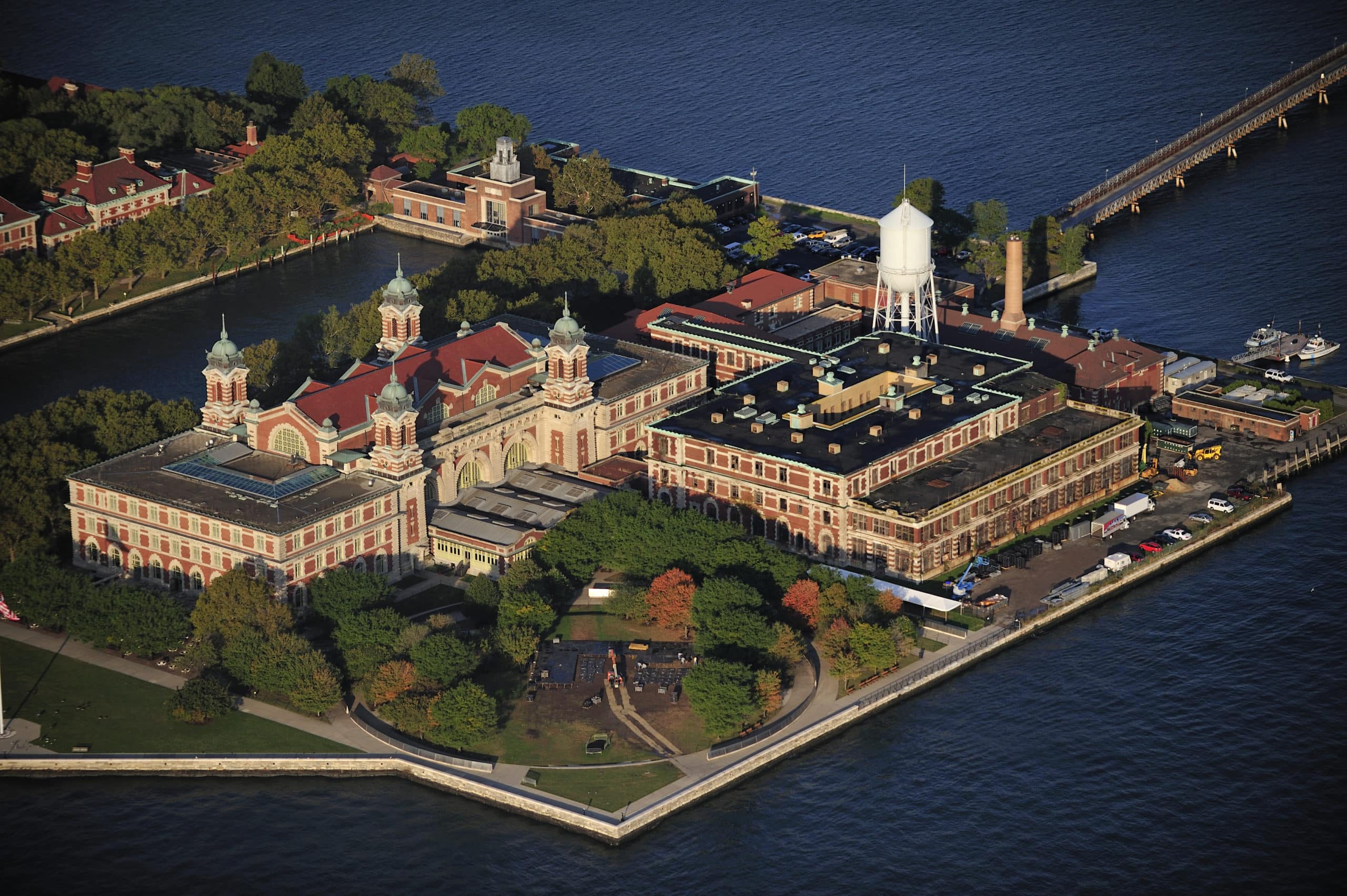
Table Of Contents: New York National Parks
New York National Parks
- The New York National Park Sites
- More New York National Parks
- More New York National Parks
- More New York National Parks
- More New York National Parks
- More New York National Parks
- Still More New York National Parks
- New York National Parks FAQ
- Meet The Parks Brothers
- Map Of New York National Park Sites
- We Hope You’ll Follow Our Journey
The New York National Park Sites
1. African Burial Ground National Monument
I’m a retired history teacher who’s originally from New York. As a former New Yorker, I’m thrilled at the prospect of so many amazing national park sites in my old stomping grounds.
When considering all of the amazing New York National Parks there are for one to visit, our adventure begins with the African Burial Ground National Monument.
It’s a whodunit Indiana Jones would be proud of. In 1991, construction began on a 34-story federal office tower positioned on 290 Broadway and overseen by the General Services Administration (GSA).
Preliminary archaeological research excavation found intact human skeletal remains. They were located 30 feet below the city’s street level on Broadway.

A 6-Acre Burial Ground
The largest and most important archeological discovery made was a 6-acre burial ground containing upwards of 15,000 intact skeletal remains of enslaved and free Africans who lived and worked in colonial New York.
The Burial Ground, dating from the middle 1630s to 1795, is the nation’s earliest and largest African burial ground discovered in the United States.
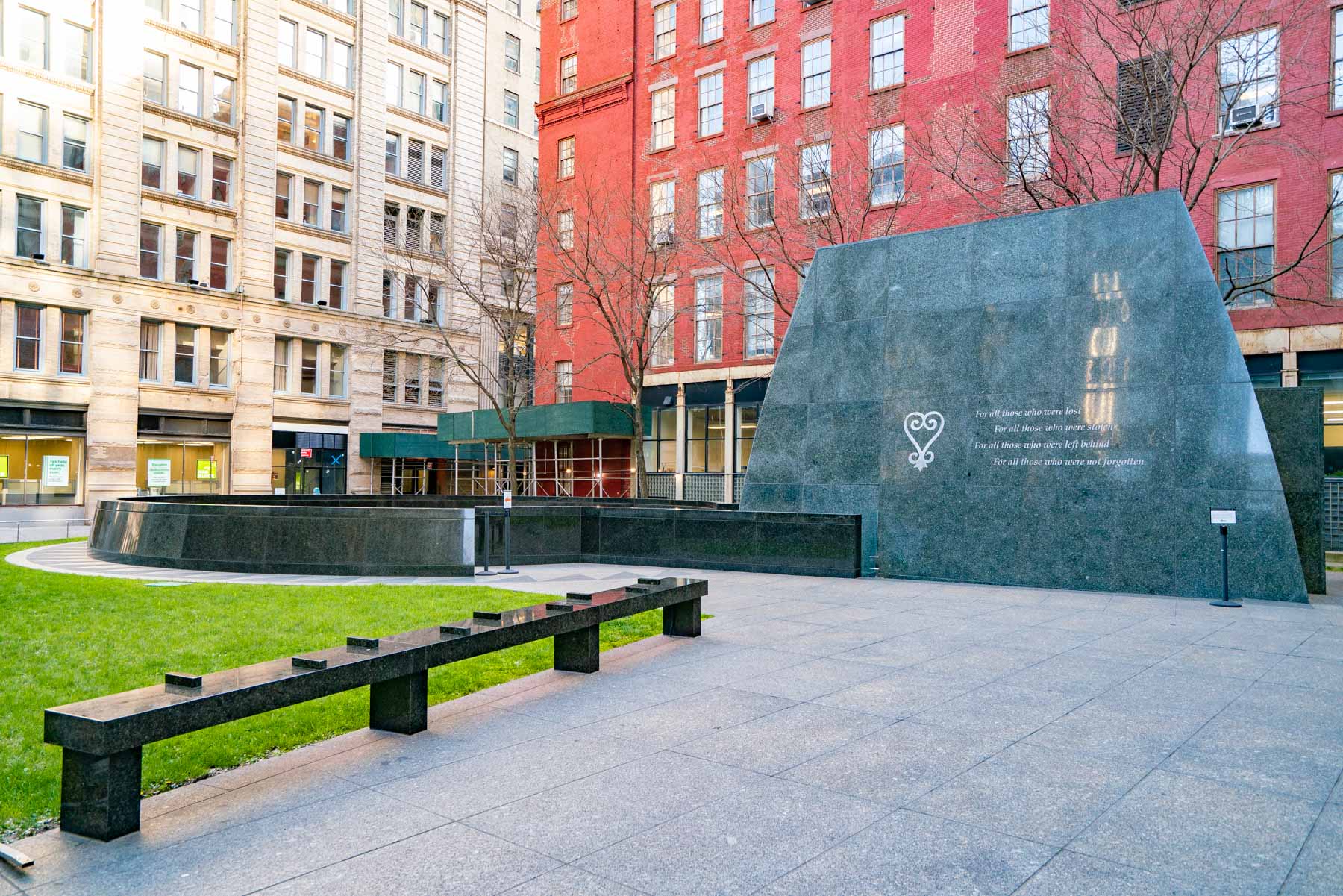
Explore The Past At The African Burial Ground National Monument
There are two fascinating sites to explore. At the visitor center, you can learn about the history of this amazing place through exhibits and artwork.
You can also visit an outdoor memorial offering visitors an in depth understanding of how, when, and why enslaved and free Africans were using the African Burial Ground during the 17th and 18th centuries.
And, while you’re immersing yourself in the history of this place, why not take a “deeper dive” with a walking tour of the African-American Freedom Trail.

RELATED: The 14 Most EXCITING Museums in NEW YORK CITY (& What to See at Each)
New York National Parks Featured in this Video
African-American Freedom Trail
This self-guided tour includes some places of major historical significance including:
- Fort Amsterdam-In 1625 enslaved Africans arrived in New Amsterdam. Among their first tasks was to build the first fort on Manhattan Island, known as Fort Amsterdam.
- Broadway-The city’s first municipal work force, African slaves cleared land and shoreline and widened Native American trails, including a wide road-later known as Broadway.
- Fraunces’ Tavern-A popular restaurant owned by Samuel Fraunces, a West Indian caterer of French and African origin. Site of General George Washington’s farewell address to his troops in 1783.
- Downing’s Oyster House-Popular restaurant in the early 1800s owned by black abolitionist Thomas Downing. Its cellar served as a stop on the Underground Railroad.
- The Wall-African slaves constructed a wall across Manhattan Island in 1653. Extending from the Hudson River to the East River, it is later known as Wall Street.
- Wall Street Slave Market-Established in 1711 at a pier at Wall Street and the East River, African men, women, and children were sold at the Wall Street Slave Market.
- 1712 Slave Revolt-A group of enslaved Africans ambushed whites on the outskirts of the city in 1712. Nineteen blacks were executed in response to the slave uprising.
- African Free School-Founded in 1787 in a single room for forty boys and girls.
- St. Peter’s Church-Destroyed by fire in 1835, the church was rebuilt chiefly from money given by Pierre Toussaint, a former slave and Haitian philanthropist.
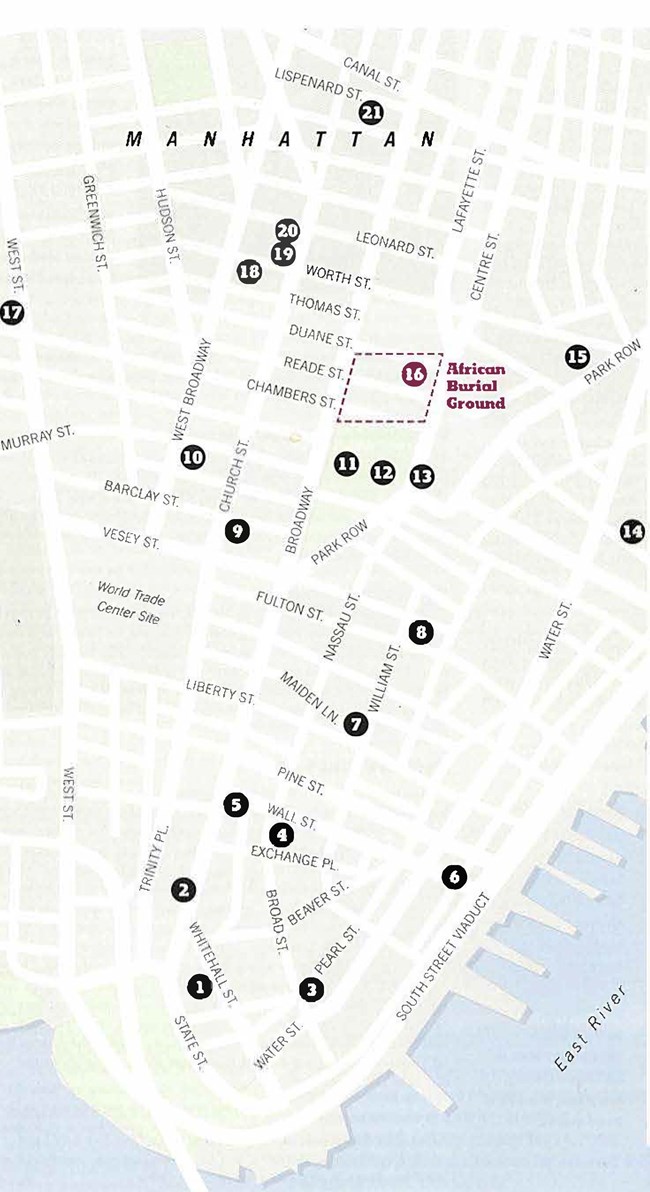
Still More Sites To See On The African American Freedom Trail
- The Dr. James McCune Smith House-A graduate of the African Free School, Dr. Smith established a medical practice and pharmacy here in 1837.
- Pinkster Celebration-In the 17th century, the Afro-Dutch community celebrated an African ceremony called Pinkster at this site. The annual celebration coincided with the Christian observance of Pentecost.
- 1741 Executions-A rumor of a slave uprising in New York City led to the trial and convictions of thirty-five defendants. All were executed, either by hanging or burning, including’ thirty-one black men, two white men, and two white women.
- Road to Harlem-In 1658, African workers built the road to Harlem (later known as the Boston Post Road).
- 1863 Draft Riots-During four days of citywide violence in July 1863, the homes of African Americans and abolitionists were firebombed. Estimates range from 100 to more than 1,000 people killed, including two men, Abraham Franklin and Jeremiah Robinson, on Roosevelt Street.
- Land of the Blacks-From 1643 to 1712, more than thirty farms owned by free blacks spanned the frontier north of the African Burial Ground to 34th Street.
- Frederick Douglass-The Hudson River pier where Frederick Washington Bailey, a runaway slave from Maryland, came ashore in 1838. Aided by the Underground Railroad, Bailey achieved freedom and renamed himself Frederick Douglass.
- Abyssinian Baptist Church-Founded in 1808 by black members of the First Baptist Church.
- Mother A.M.E. Zion Church-The first African-American church in New York City, founded in 1796.
- Freedom’s Journal
- Ruggles’ Boarding House-Rooming house for blacks owned by black abolitionist David Ruggles, and an Underground Railroad station that assisted hundreds of fugitives, including Frederick Douglass. (Source: NPS)

2. Appalachian National Scenic Trail
Believe it or not, among the fantastic New York National Parks is the longest hiking trail in the world. And, it begins or ends (depending on your perspective) in Georgia or Maine. Take your pick!
The Appalachian National Scenic Trail, also known as the A.T., is a hiking trail that runs for about 2,190 miles through 14 states in the northeastern United States.
It runs from Springer Mountain in Georgia to Mount Katahdin in Maine, passing through the states of Georgia, North Carolina, Tennessee, Virginia, West Virginia, Maryland, Pennsylvania, New Jersey, New York, Connecticut, Massachusetts, Vermont, and New Hampshire.
The trail is primarily used for hiking and is managed by the National Park Service, the U.S. Forest Service, and various state agencies. It is also a National Scenic Trail, one of only 11 such trails in the United States.
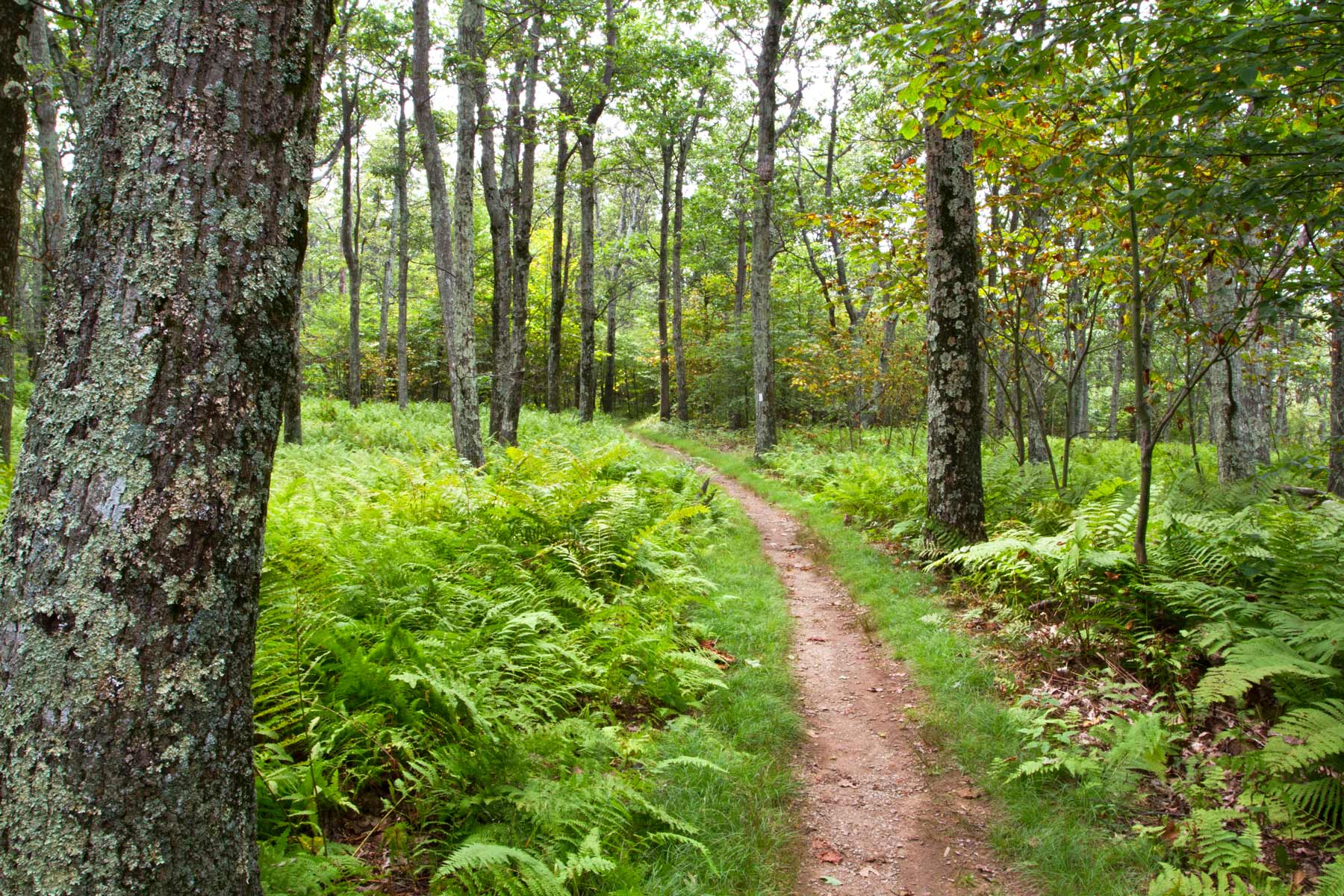
3. Captain John Smith Chesapeake National Historic Trail
Another legendary trail featured among the New York National Parks is the Captain John Smith Chesapeake National Historic Trail. There you have the option of exploring by land or by sea. And, while you’re exploring, you can also learn about the cultural heritage and diverse flora and fauna of the 17th-century Chesapeake Bay.
The site goes back to English Captain John Smith. He explored the Bay in 1608. Smith went on to document hundreds of American Indian communities. Today, sites on his map are archeological treasures and sacred sites for tribal citizens.
Smith traveled nearly 3,000 miles on the Bay and its rivers, recording and mapping what he saw. Fortunately for you, there’s a “A Boater’s Guide to the Captain John Smith Chesapeake National Historic Trail.” It’s for boaters in all types of vessels and all skill levels.
With this helpful guide in hand, you can explore many of the same fascinating places that Smith did in a similar manner. Anchors Aweigh!
.jpg)
More New York National Parks
4. Castle Clinton National Monument
Another of the amazing New York National Parks is located at the southern tip of Manhattan Island and it has an amazing story to tell.
Castle Clinton National Monument is located in Battery Park, at the southern tip of Manhattan in New York City.
The fort was originally built as a defensive structure in 1811, during the War of 1812, to protect the city from a potential British invasion.
The fort was named after DeWitt Clinton, the governor of New York at the time. After the war, the fort was used for a variety of purposes, including as an entertainment venue, a immigration station, and an aquarium.
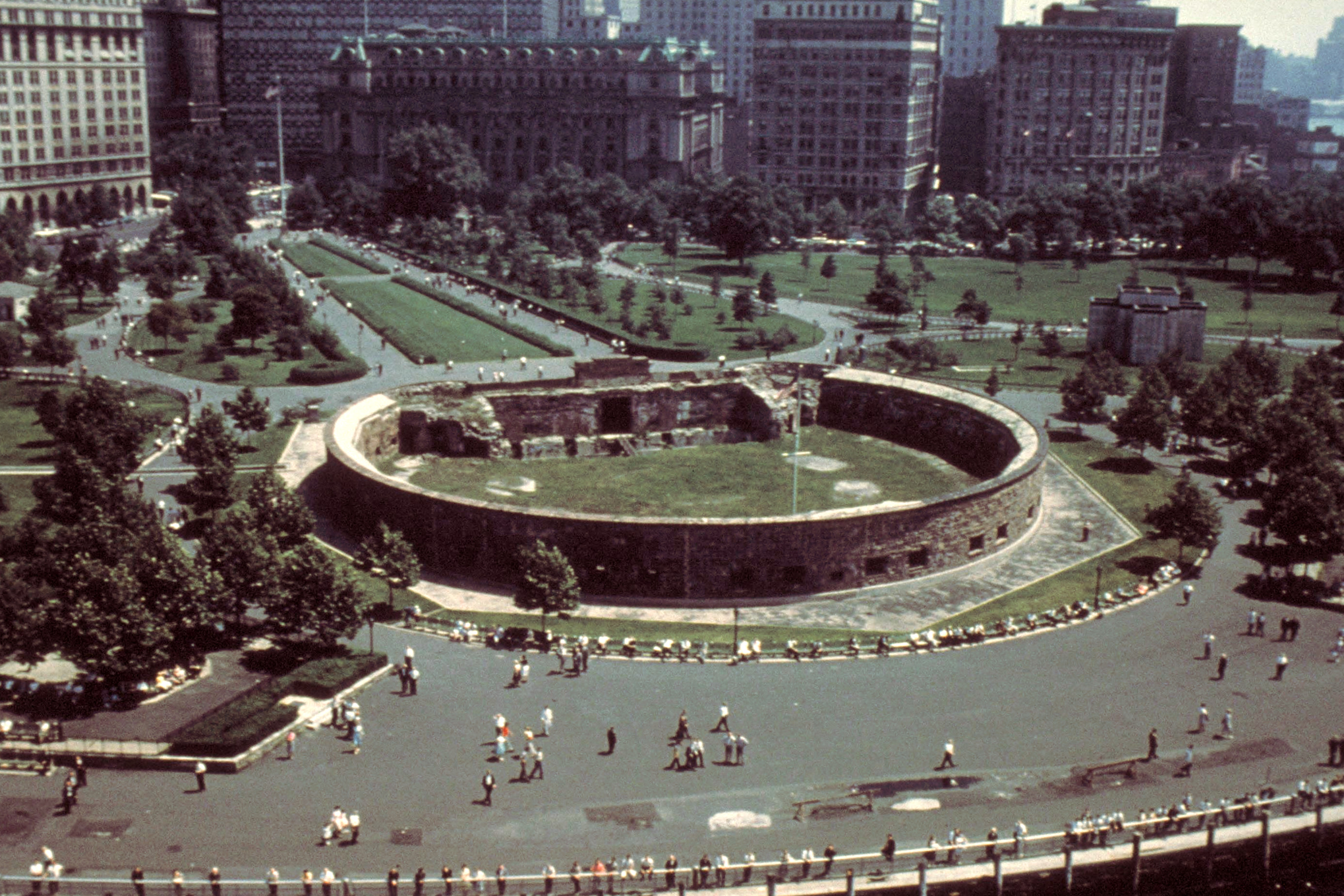
Today The Fortress Is A Ticket Office
In the late 19th century, the fort was renamed Castle Clinton in honor of its original namesake, and it was designated a national monument in 1946.
Today, the monument is operated by the National Park Service and is open to the public for tours and as a visitor center for the Statue of Liberty National Monument and Ellis Island.
The Castle Clinton also serves as a ticketing location for the Statue of Liberty and Ellis Island ferry service and also provides the visitors with a glimpse of the history of immigration to the United States.

5. Chesapeake Bay Watershed
The Chesapeake Bay Watershed spans more than 64,000 square miles, encompassing parts of six states—Delaware, Maryland, New York, Pennsylvania, Virginia and West Virginia—and the entire District of Columbia. More than 18 million people live in the Chesapeake Bay watershed.
The Chesapeake Bay is home to numerous fauna that either migrate to the Bay at some point during the year or live there year-round. There are over 300 species of fish and numerous shellfish and crab species. It’s a great place to explore.
Beaches along the tidal rivers and the Chesapeake Bay are often safe for swimming, fishing and boating. New York’s portion of the Chesapeake Bay watershed is made up of the Susquehanna River watershed and Chemung River watershed. These two watersheds form the northern headwaters of the Chesapeake Bay and cover much of New York’s Southern Tier.
.jpg)
RELATED: 4 (EPIC) Iowa National Parks For Your Next Visit To the Hawkeye State
6. Eleanor Roosevelt National Historic Site
Siena conducted a poll, in conjunction with C-SPAN, as part of the network’s series “First Ladies: Influence and Image.” It surveyed a group of historians and scholars five times since 1982 on their attitudes toward the country’s first ladies.
The poll asked respondents to rate each woman on 10 qualities: background, value to the country, being the White House steward, courage, accomplishments, integrity, leadership, being her own woman, public image, and value to the president. (Source: CBS News)
Eleanor Roosevelt was ranked first in six of the categories, including value to the country, leadership, accomplishments, and courage. She finished #1 overall.
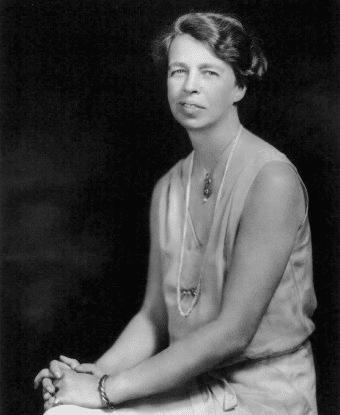
Learn The Story Of An Incredible First Lady
As a retired history teacher, the Eleanor Roosevelt Historic Site in Hyde Park, New York, is one of my favorites among the New York National Parks. There you can learn the story of this extraordinary first lady.
Actually, you can learn the story of both Eleanor and Franklin, explore the Roosevelt homes, the exhibits at the nation’s first Presidential Library and over a thousand acres of gardens and trails.
Eleanor turned the main house at Hyde Park over to the United States, as FDR intended, but she kept Val-Kill, purchasing the land from the Roosevelt estate and making Val-Kill Cottage her permanent home. You can tour it seeing where and how this remarkable women lived.
To learn more about this extraordinary lady, I recommend Blanche Wiesen Cook’s brilliant biography parts one, two and three.

7. Ellis Island
America is a national of immigrants and their history often began at Ellis Island. Among the New York National Parks, this one symbolizes America’s historical role as a land of opportunity for peoples of other nations.
Ellis Island is an island in New York Harbor that served as an immigration station from 1892 to 1954. During this period, it was the busiest immigration station in the United States, processing more than 12 million immigrants as they arrived in the country.
The island was named after Samuel Ellis, a colonial-era landowner, and it was first used as an immigration station in 1892. The federal government acquired the island in 1890 and began construction on the main building, which opened in 1892.

It Was A Large, Imposing Building
The main building on Ellis Island was a large, imposing structure that housed the various processing and examination areas for incoming immigrants. The process of being inspected and cleared for entry to the United States could take several hours or even days, and many immigrants were detained on the island for medical or legal reasons. The island also had facilities for temporary housing, hospitals, and a detention center.
Ellis Island was the main point of entry for millions of immigrants to the United States, particularly from southern and eastern Europe, until the 1920s, when the federal government implemented quotas that greatly restricted the number of immigrants allowed into the country.
The island continued to be used as a processing center for immigrants and as a detention center for those deemed inadmissible, but its role diminished over time.
In 1954, the immigration station on Ellis Island was closed and it was transferred to the control of the National Park Service, which opened it to the public as a museum in 1990.
Today, the Ellis Island Immigration Museum is one of the most visited tourist destinations in New York City, and it is a National Monument and a part of Statue of Liberty National Monument.
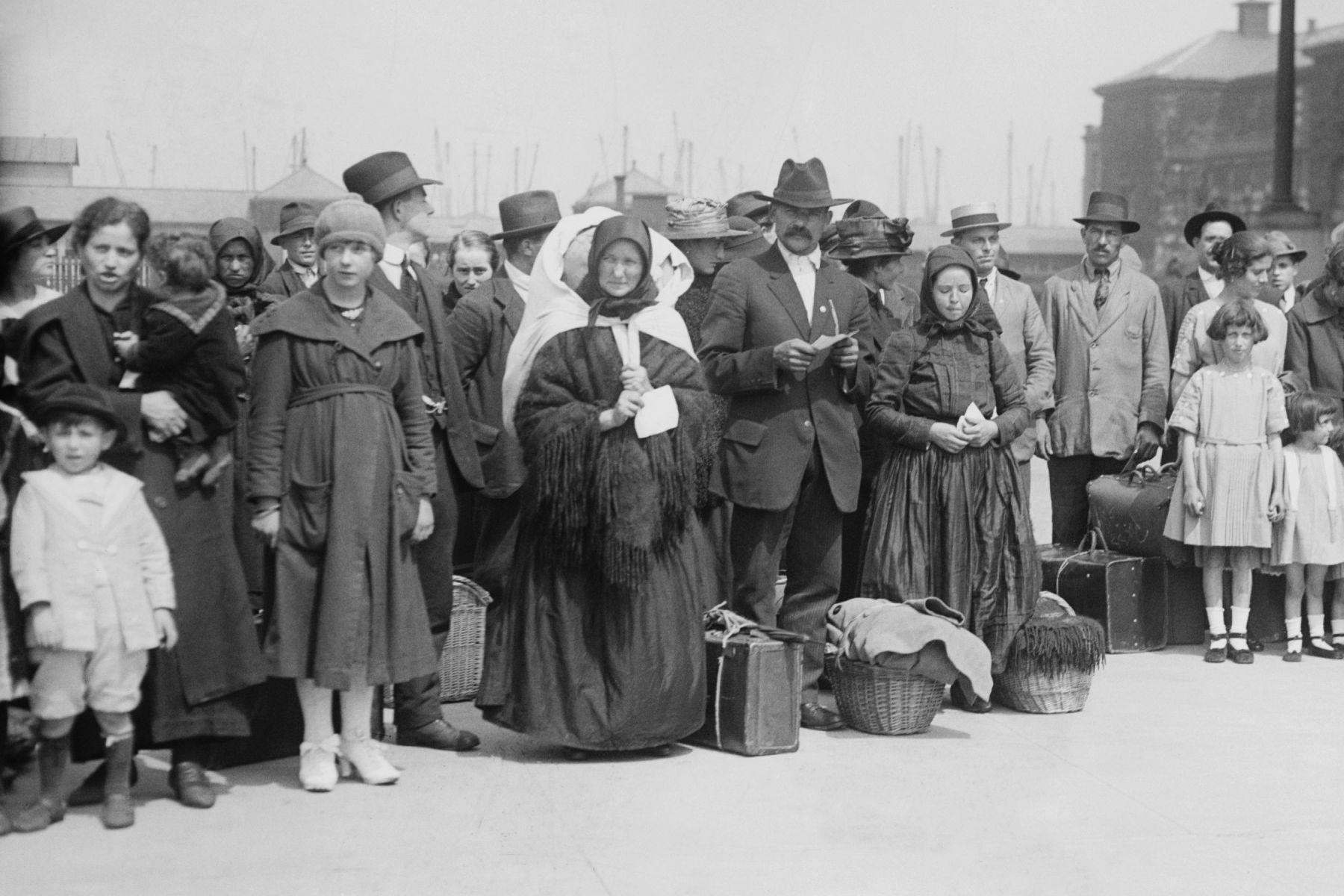
Check Out The National Immigration Museum
Today visitors can explore the National Immigration Museum. You can walk the halls of the former processing station just as so many people did over so many years.
If you want to learn more about your own story then you can also visit the Family History Center to learn about where you fit in the continuum of American immigration. There’s an incredible collection of arrival records for people looking to retrace their ancestry and their family’s journey to the United States.
To learn more about the history of this incredible place, I recommend: The Long Way Home: An American Journey from Ellis Island to the Great War by David Laskin.
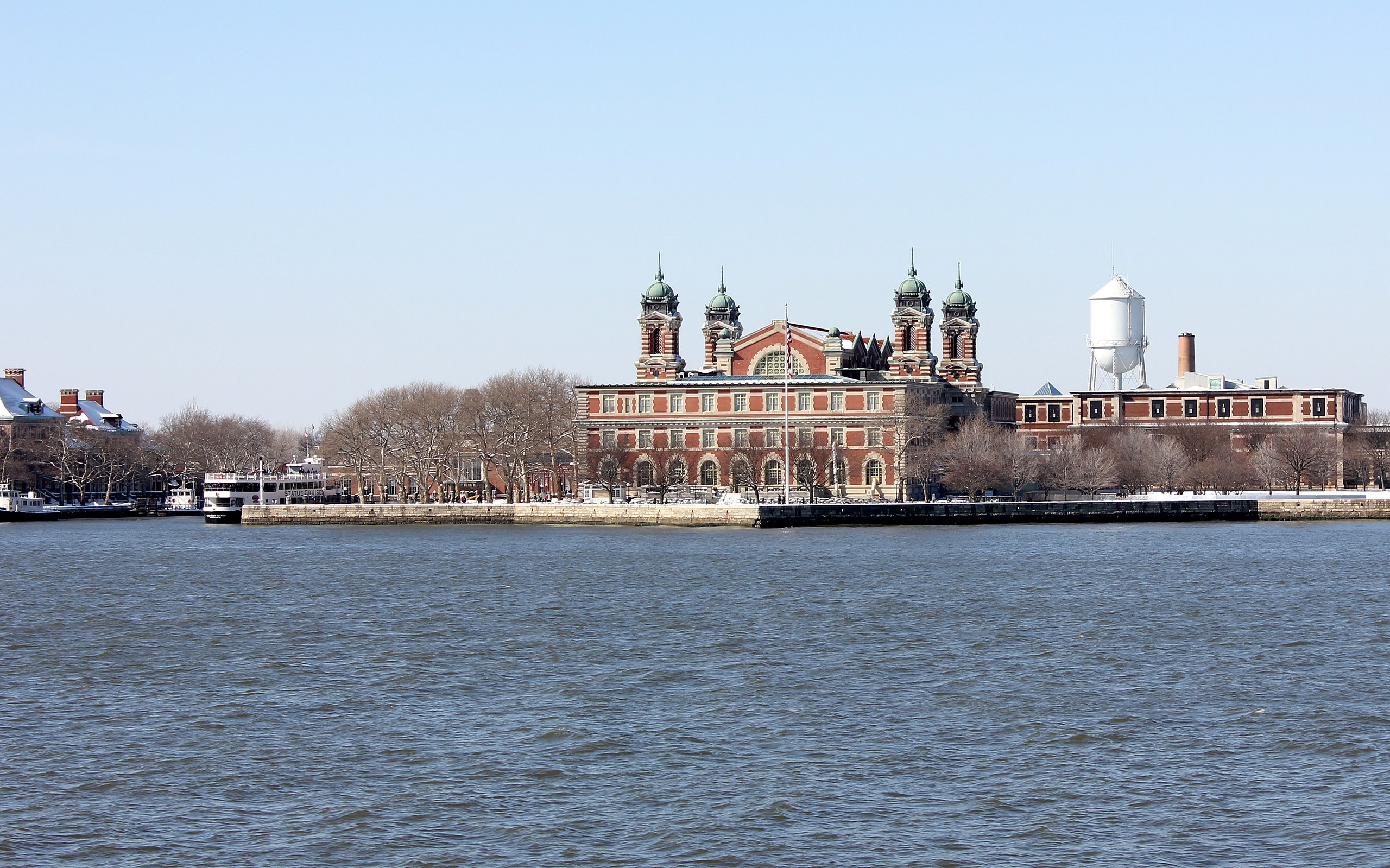
More New York National Parks
8. Federal Hall National Memorial
Once upon a time, the government of the United States operated out of New York City. Federal Hall is where George Washington took the oath of office as our first President. This site was home to the first Congress, Supreme Court, and Executive Branch offices.
Located at at 26 Wall Street in the Financial District of Manhattan, the current structure is a Customs House, which served as part of the U.S. Treasury Department. Today the building serves as a museum and memorial to our first President and the beginnings of the United States of America.
While you’re there, check out the first inaugural bible, the rotunda view, the inauguration balcony slab, the view of Wall Street, the bank vault, the portrait gallery and the museum store. It’s an incredible place where you can learn so much about our nation’s earliest history.
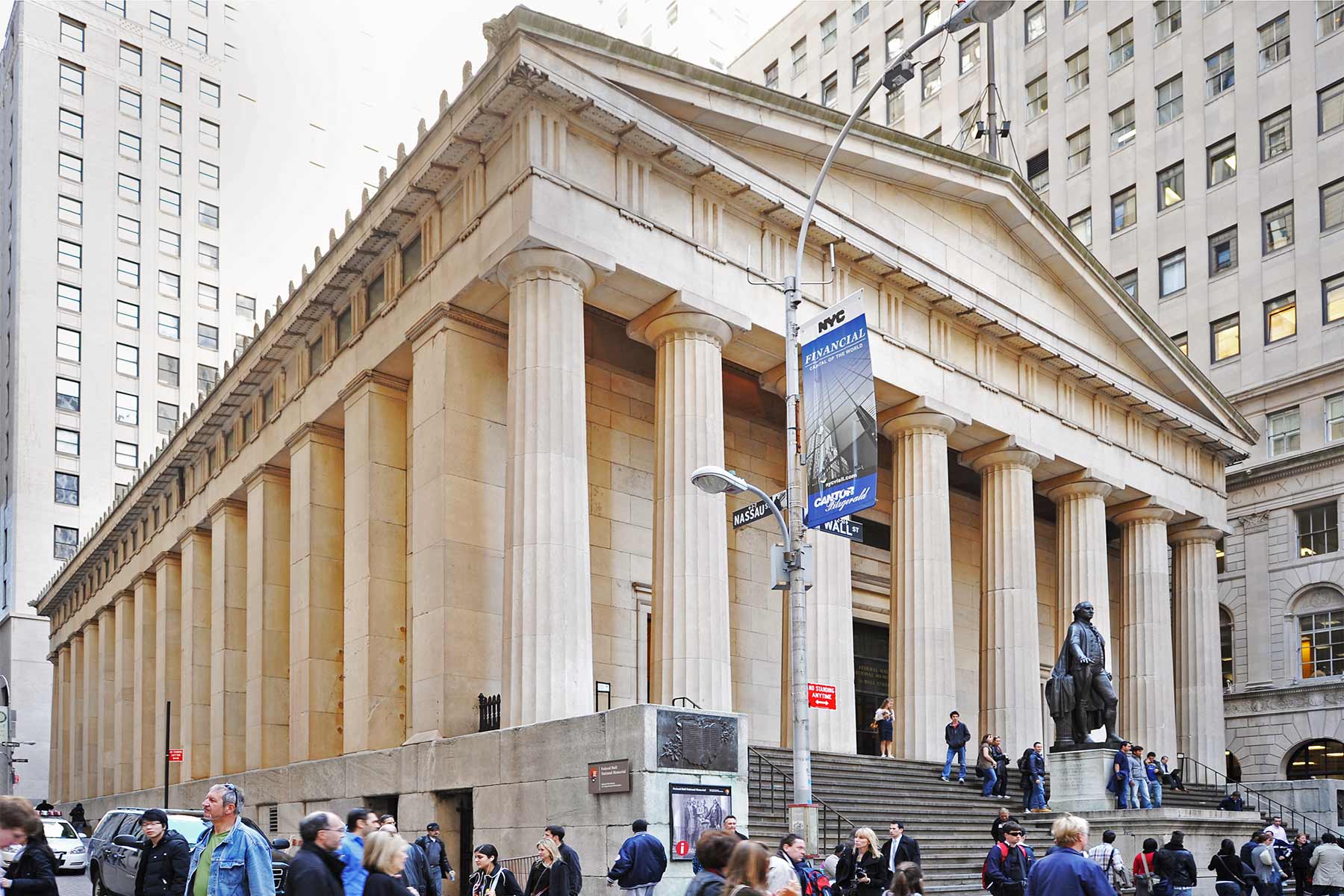
RELATED: 7 (EPIC) Kansas National Parks For Your Visit To The Sunflower State
9. Fire Island National Seashore
Ready to take a break from the history and have some outdoor fun instead? New York’s National Parks have got you covered for that too!
There are so many fun activities waiting for you at Fire Island National Seashore. They include: boating, canoeing, fishing, hiking, sightseeing and wildlife-viewing on nature trails at sites on Fire Island.
Or how about exploring the grounds of William Floyd Estate. There’s also the Fire Island Lighthouse, Sailors Haven/Sunken Forest, Watch Hill, Talisman, and Wilderness.
If you’re interested in camping there’s a family tent campground is located at Watch Hill beyond the marina and behind the dunes. It’s available from mid-May through mid-October. So, what are you waiting for?

RELATED: 6 (EPIC) Kentucky National Parks For Your Visit To The Bluegrass State
10. Fort Stanwix National Monument
Step back in time and learn about the historic role which Fort Stanwix played in America’s history. As a retired history teacher, I believe that a short history lesson is in order, but have no fear as there’s no homework assignment.
Stanwix was known “the fort that never surrendered.” While under the command of Col. Peter Gansevoort, it successfully repelled a prolonged siege, in August 1777, by British, German, Loyalist, Canadian, and American Indian troops and warriors commanded by British Gen. Barry St. Leger.
The failed siege helped to thwart an effort by the British to take the northern colonies. This, in turn, led to American alliances with France and the Netherlands. Troops from Fort Stanwix also protected America’s northwest frontier from British campaigns until finally being abandoned in 1781.
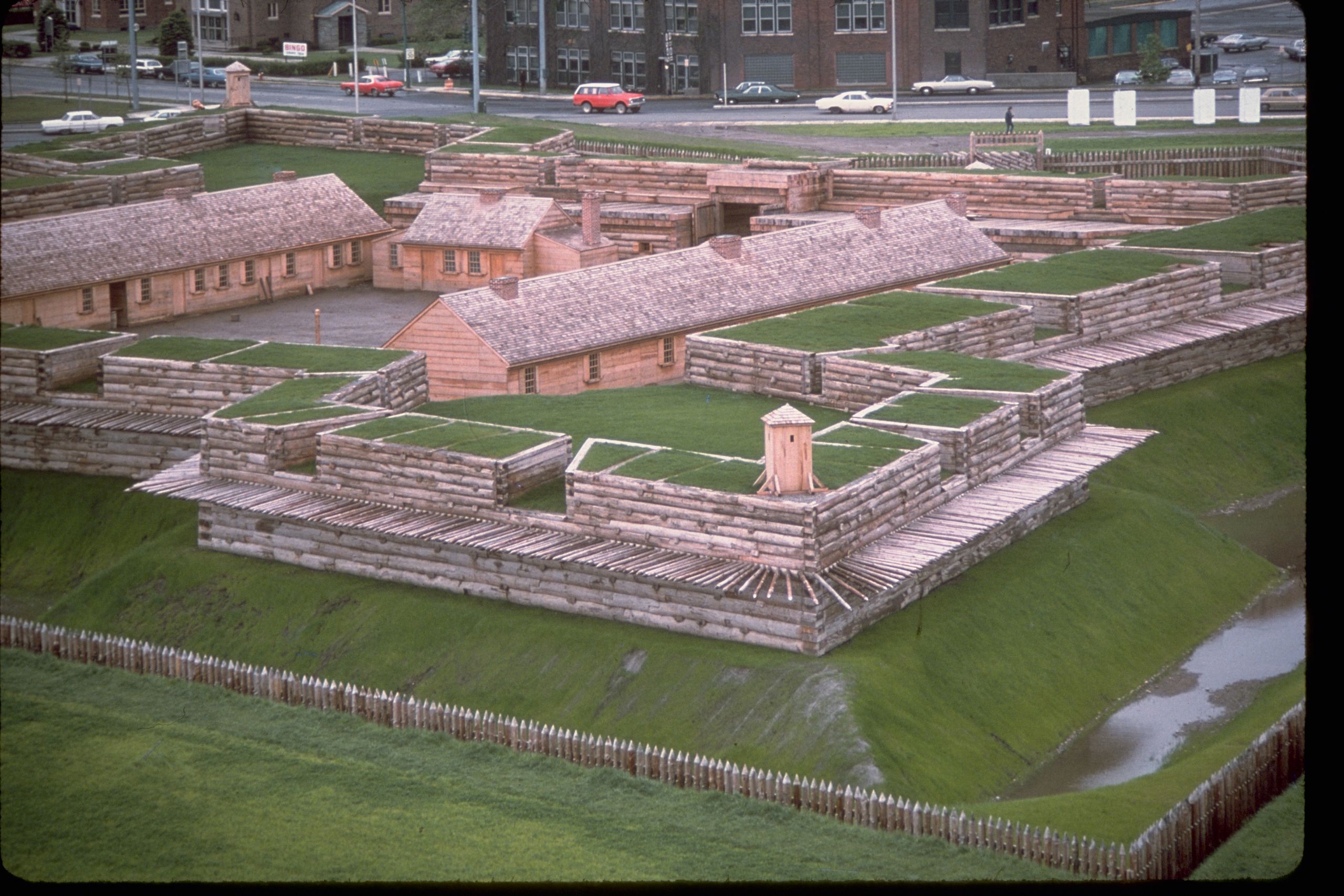
RELATED: 6 (EPIC) Missouri National Parks For Your Next Trip To The Show Me State
Things To Do At Fort Stanwix
If you’re someone who is fascinated by the American Revolution then there’s much to learn at this New York National Park. At Fort Stanwix, you can learn how the American victory at this frontier fort directly contributed to the British defeat at Saratoga in 1777; setting the stage for westward expansion through New York.
You can also follow in the footsteps of the people who made history in the Mohawk Valley during the American Revolutionary War.
I recommend that you start your adventure at the Willett Center which is the visitors center. You can follow three trails which encircle the fort. One of these trails follows a portion of the Oneida Carrying Place. The other two trails interpret the events of the siege of 1777.
There’s also a museum with interactive exhibits and a living history program.

CHECK OUT: 10 BEST Revolutionary War Sites In America
11. Gateway National Recreation Area
What can’t you find in New York? Well, a national park. But with so many fabulous national park sites there’s virtually nothing that you cannot experience even if the state does not include a Congressionally designated national park.
Gateway National Recreation Area is a case in point. Among the New York National Parks, this site provides both recreational and learning opportunities. From swimming, boating and fishing to team sports, bicycling and nature, there’s so much to experience.
While you’re there, you can explore a wildlife refuge, a forest, ocean dunes or coastal uplands. And, you’ll be able to see the nation’s oldest operating lighthouse. There are also forts that defended America and places which trace aviation’s earliest days.
Gateway includes 27,000 acres spanning Sandy Hook in N.J. and Jamaica Bay and Staten Island in N.Y. You can get there by car, ferry, bus or train. I recommend beginning your visit at one of the three visitor centers which you will find at all three units. They feature hands-on exhibits, bookstores, and personnel available to answer questions.

RELATED: Whose Island Is It Anyway | A History & Guide To Cumberland Island
More New York National Parks
12. The General Grant National Memorial
Washington was the first victorious general to ascend to the White House. He would be followed by others among them Ulysses S. Grant. Grant (1822-1885) commanded the victorious Union army during the American Civil War (1861-1865) and served as the 18th U.S. president from 1869 to 1877.
The final resting place of Ulysses S. Grant is just one of the things to see at the General Grant National Memorial. It’s the largest mausoleum in North America and one of the favorites when it comes to the New York National Parks.
At the memorial, you can see a 20-minute film about Grant’s life and achievements titled “A Legacy of Freedom.” There’s also a permanent exhibit gallery addressing some of the major events in Ulysses S. Grant’s life as well as a bookstore/giftshop. There you can find some fascinating historical works as well as other Grant memorabilia.
If you want to learn the story of the man who served as the Lieutenant General of the Armies (a rank previously held only by George Washington) and who was considered by many to be the most important general in our nation’s history after George Washington.
There are some excellent biographies available on Ulysses S. Grant. Three of my favorites (and yes I’ve read all three of them) are: Grant by Jean Edward Smith, Grant by Ron Chernow and The Man Who Saved the Union: Ulysses Grant in War and Peace by H.W. Brands.
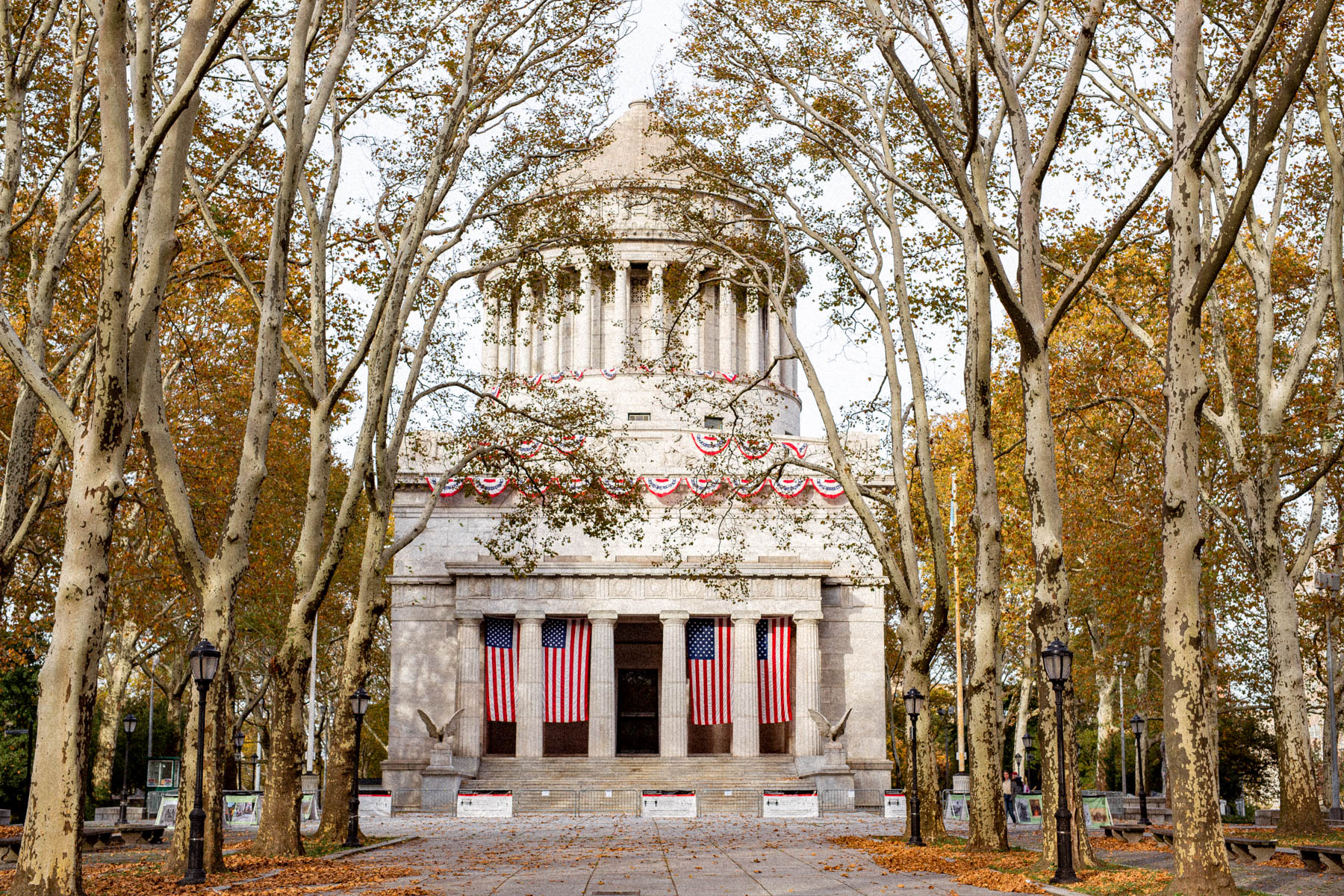
RELATED: General Grant Tree-Everything You Need To Know About The World’s 2nd Largest Tree
13. Governors Island National Monument
Within the city of New York, Governors Island is a 172-acre island in New York Harbor. From 1794 to 1966, Governors Island was an integral part of the cultural, economic, political and social life of New York.
This New York National Park is an artistic and cultural center. Once upon a time, however, it was one of the longest continually operated military bases in the country. It was run by the U.S. Army and later the U.S. Coast Guard until its closure in 1996.
Visitors can explore two forts–Castle Williams and Fort Jay. There you will step back in time and see historic fortifications from the Revolutionary Era. There’s also a National Parks Gift Shop & Bookstore, which is always worth a visit.
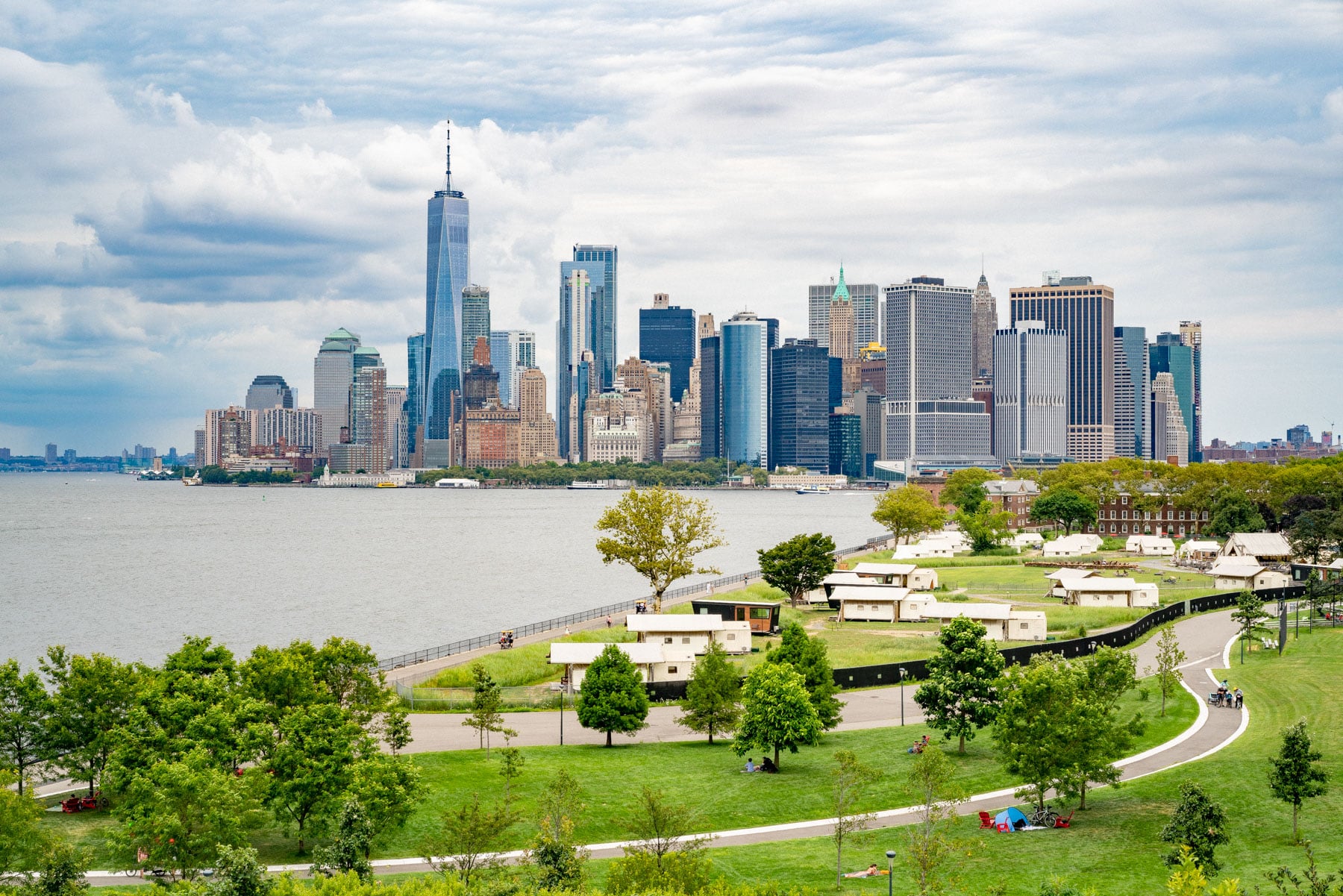
14. Hamilton Grange National Memorial
How many New York National Parks feature a star of the Broadway stage? With Lin Manuel-Miranda’s hit musical and movie Hamilton, America’s interest in its first Secretary of the Treasury has never been higher. What better time to travel to Hamilton Grange National Memorial.
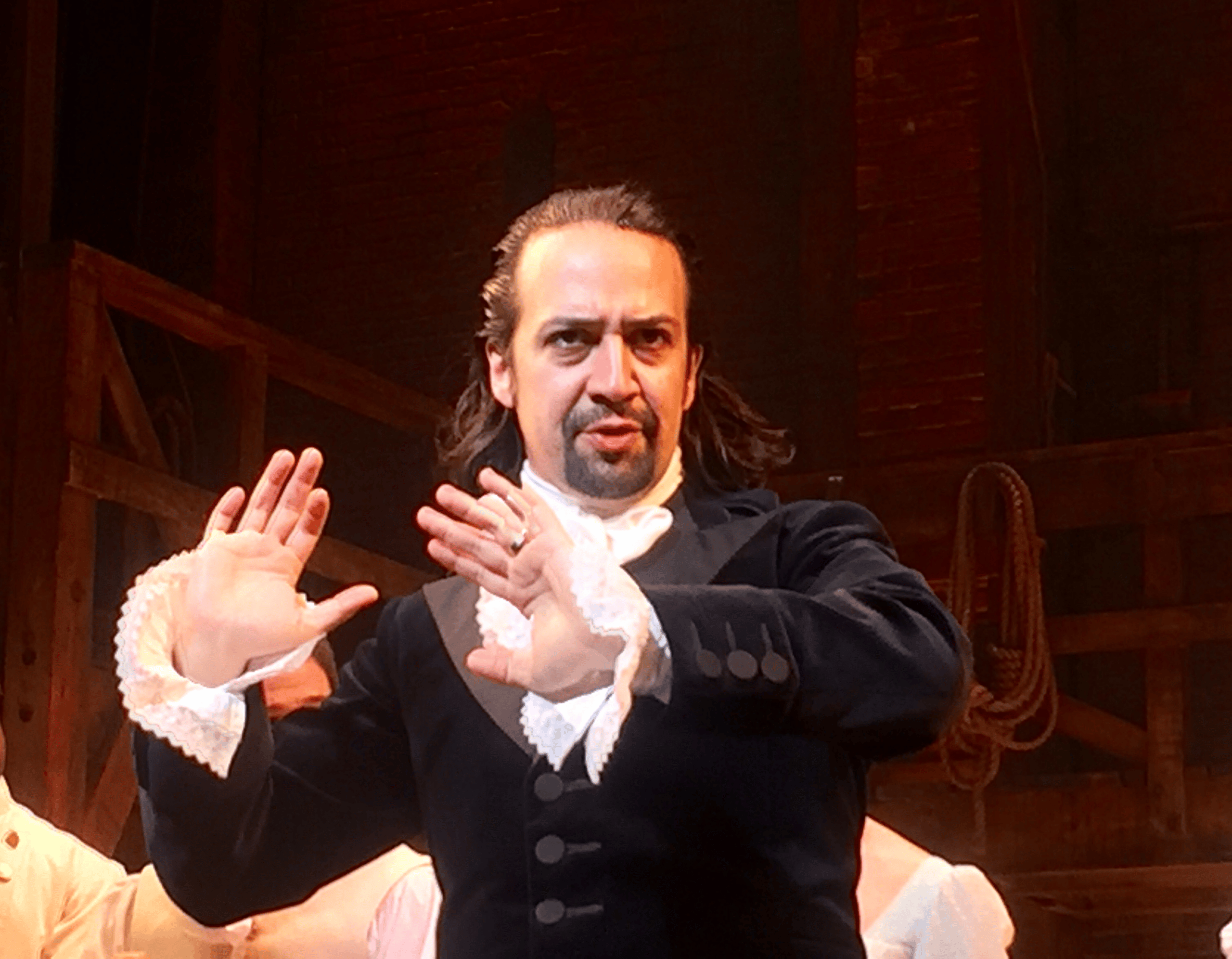
Alexander Hamilton was into obscurity in the British West Indies, but he went on to become George Washington’s right-hand man during the Revolutionary War. Afterward, he became one of America’s most influential Founding Fathers.
He was an impassioned champion of a strong federal government, and played a key role in defending and ratifying the U.S. Constitution. He was America’s first Secretary of the Treasury, George Washington’s most influential cabinet advisor and the father of America’s banking system.
If you would like to learn more about America’s first and arguably greatest Secretary of the Treasury then I recommend: Alexander Hamilton by Ron Chernow.

The Only Home Alexander Hamilton Ever Owned
The Grange is believed to be the only home Alexander Hamilton ever owned. Located in Manhattan’s Hamilton Heights Historic District, visitors can tour Alexander Hamilton’s home. You will be treated to exhibit galleries containing historical information about Alexander Hamilton.
Guided tours as well as self-guided tours of the home’s three restored period rooms are also available. And, if that’s not enough, you can also view fifteen- minute introductory film on demand.
15. Harriet Tubman National Historical Park
As one who taught history for almost thirty years, I was always enthralled with stories of the Underground Railroad. The challenge was explaining to my students that despite the fact that those who helped runaway slaves escape to freedom were called “conductors,” this was not a real railroad by any stretch of the imagination.
Instead, The Underground Railroad was a network of people, African American as well as white, offering shelter and aid to escaped enslaved people from the South. The Fugitive Slave Act of 1850 empowered slaveholders to pursue these runaways to the northernmost reaches of America and bring them south once again.
This meant that runaways had to escape to Canada to be truly free. People known as “conductors” guided these fugitives. Hiding places included private homes, churches and schoolhouses. These were called “stations,” “safe houses,” and “depots.”
The people operating them were called “stationmasters.” An estimated 100,000 people were freed by their heroic efforts.

CHECK OUT: 20 BEST Black History Sites In America For You To Visit
Harriet Tubman
The most famous of the conductors was herself born a slave. In 1849, Araminta Ross, escaped a plantation in Maryland with two of her brothers. Harriet Tubman became her married name and one by which she would win eternal fame.
Tubman returned to the south to lead her niece and her niece’s children to Philadelphia via the Underground Railroad. She became a dedicated abolitionist who is believed to have personally rescued 300 people.
After the Civil War began, Tubman became head of an espionage and scout network for the Union Army. She provided crucial intelligence to Union commanders about Confederate Army supply routes and troops and helped liberate enslaved people to form Black Union regiments.
An excellent book about this extraordinary women is Scenes in the Life of Harriet Tubman by Sarah Bradford.
“I was the conductor of the Underground Railroad for eight years, and I can say what most conductors can’t say — I never ran my train off the track and I never lost a passenger.”
-Harriet Tubman
Things To Do At Harriet Tubman National Historical Park
At Harriet Tubman National Historical Park, visitors can take guided tours of the Harriet Tubman Home for the Aged, which served as a safe haven for elderly and infirm African Americans during the late 19th and early 20th centuries.
The park also includes the Thompson A.M.E. Zion Church, where Tubman worshiped and was a member.
Visitors can also take self-guided tours of the park, which includes the Harriet Tubman Residence and the Harriet Tubman Cemetery.
Additionally, the park offers various educational programs, such as ranger-led tours, living history demonstrations, and special events throughout the year.
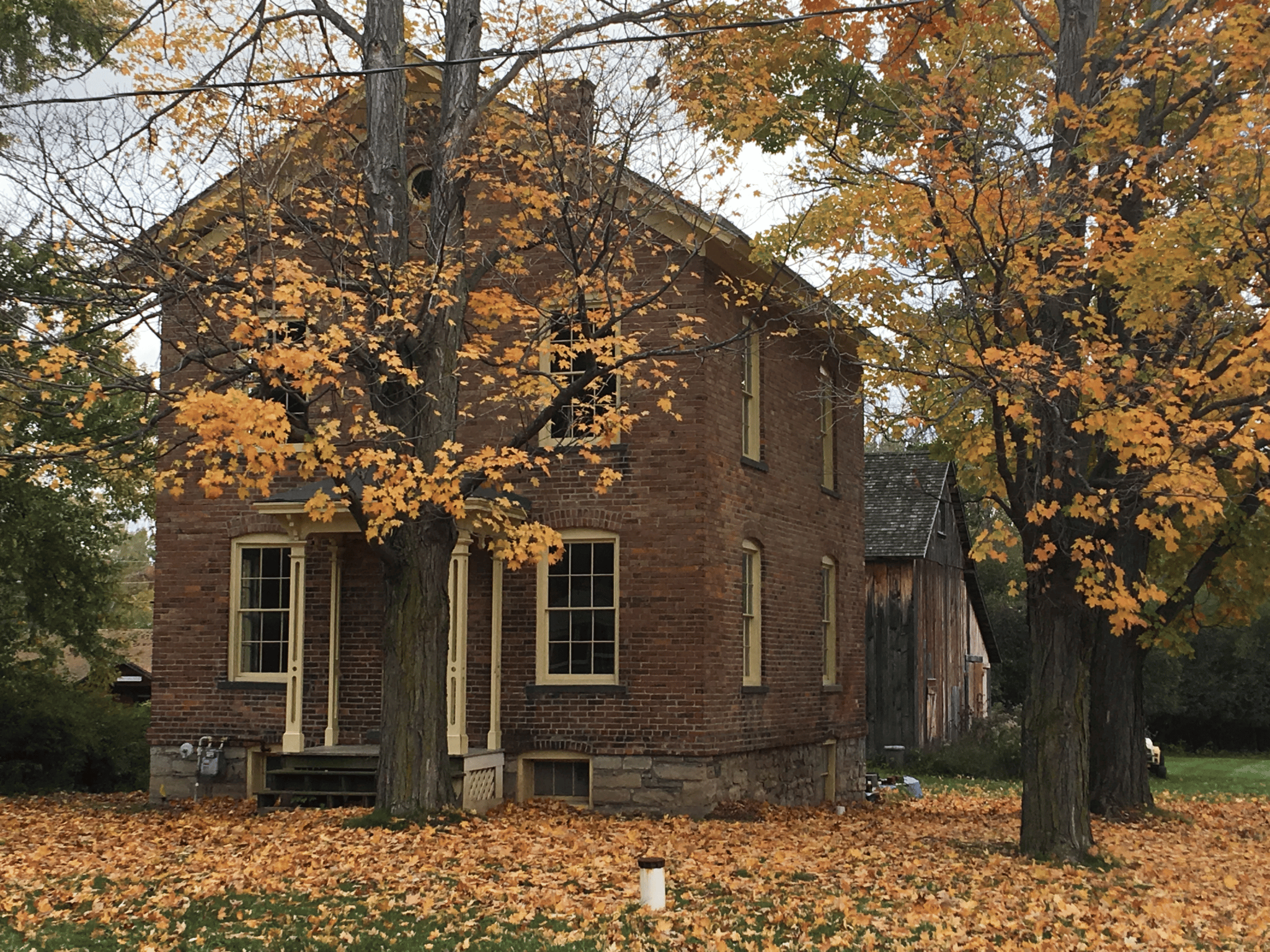
More New York National Parks
16. Home Of Franklin D. Roosevelt National Historic Site
Franklin D. Roosevelt, commonly known as FDR, was the 32nd President of the United States, serving from 1933 until his death in 1945. He is often considered one of the greatest U.S. presidents, leading the country through some of its most difficult times, including the Great Depression and World War II.
During his first term as President, FDR implemented a series of programs known as the New Deal, which aimed to provide economic relief and recovery during the Great Depression. These programs included the creation of the Civilian Conservation Corps, the Federal Emergency Relief Administration, and the National Recovery Administration, among others.
FDR also played a key role in leading the U.S. during World War II, providing strong and decisive leadership. He oversaw the buildup of the U.S. military, and he played a key role in the strategy that ultimately led to the defeat of Germany and Japan.
FDR was also known for his strong leadership during the war and for his ability to communicate effectively with the American people through his famous “fireside chats” on radio. He also helped to create the United Nations, which is an international organization that is dedicated to maintaining peace and security around the world.
FDR died in office in April 1945, just months before the end of World War II. His legacy includes many of the economic and social programs that continue to be a part of the U.S. government today.

Learn About America’s 32nd President At The Franklin D. Roosevelt National Historic Site
As the child of parents who grew up during the Great Depression, Franklin Delano Roosevelt was a hero in my household. The Franklin D. Roosevelt National Historic Site is therefore one of my favorites when it comes to visiting the New York National Parks.
An extraordinary president means extraordinary opportunities to explore and learn. At the Franklin D. Roosevelt National Historic Site in Hyde Park, New York, visitors can:
- Visit the burial site of President Roosevelt.
- Stroll along Farm Lane Trail which is part of the historic road network that connected the Roosevelt Home, Val-Kill, Top Cottage, the Home Farm, and FDR’s tree plantations.
- Walk Top Cottage Trail which was FDR’s humble hilltop getaway hosted pivotal meetings that shaped world history.
- Visit the Home Garden of Franklin & Eleanor Roosevelt.
- in 2003, Henry A. Wallace Visitor and Education Center was opened in conjunction with the Franklin D. Roosevelt Presidential Library and Museum to honor the man who served as FDR’s Secretary of Agriculture and 2nd Vice President.
If you’re prepared to go just a bit farther than Hyde Park, the Hudson Valley National Heritage Area is home to many museums, historic houses, gardens, nature preserves, and culinary adventures.
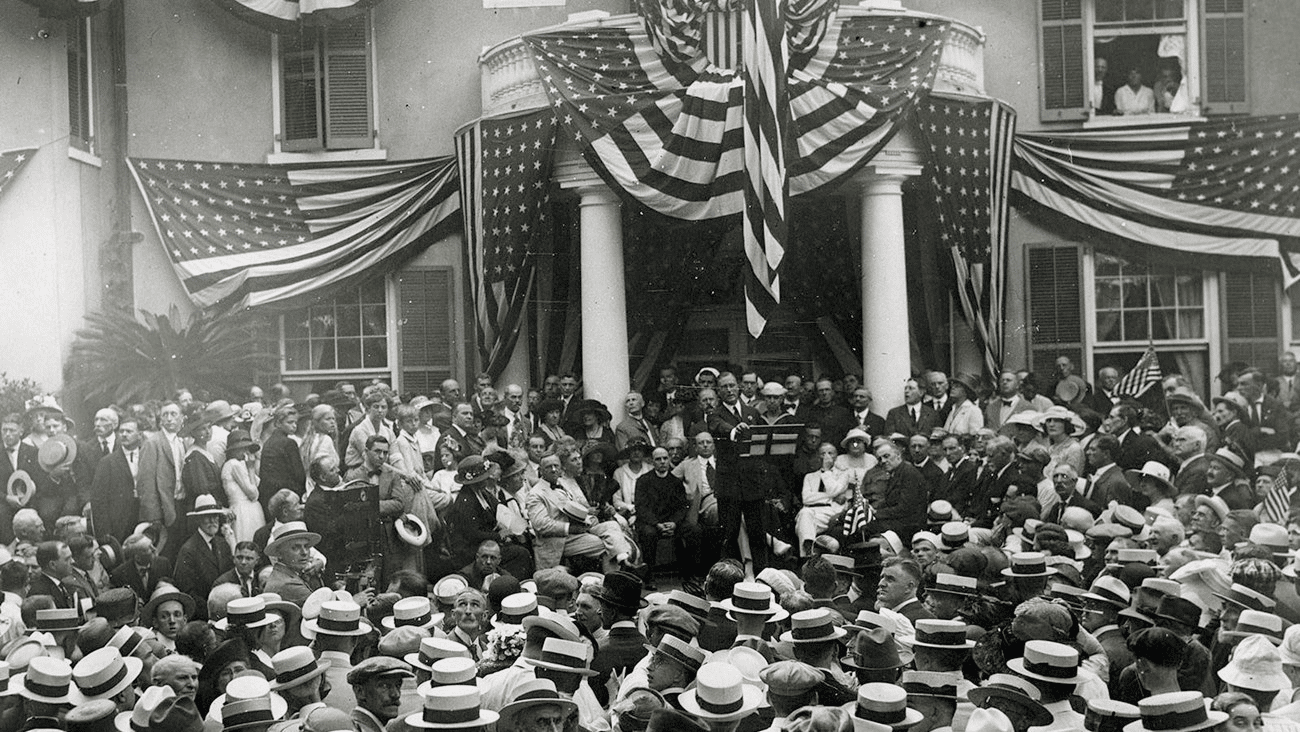
RELATED: The First Green New Deal Happened Nearly 100 Years Ago-What Happened?
17. Lower East Side Tenement Museum National Historic Site
The Lower East Side Tenement Museum National Historic Site is an opportunity to travel back in time to a world of different cultures representing different racial, ethnic and religious backgrounds. Among the New York National Parks, it’s one of the most unusual and unique.
New York City was the gateway to America. America is a nation of immigrants and these many tenements represent the heart of that immigrant experience.
The museum recaptures this experience through these historic tenements. You can experience the home to an estimated 7,000 people from over 20 nations between 1863 and 1935.
The tenement’s cramped living spaces, the lives of past residents, and the history of the Lower East Side, contribute to its representation of the immigrant experience.
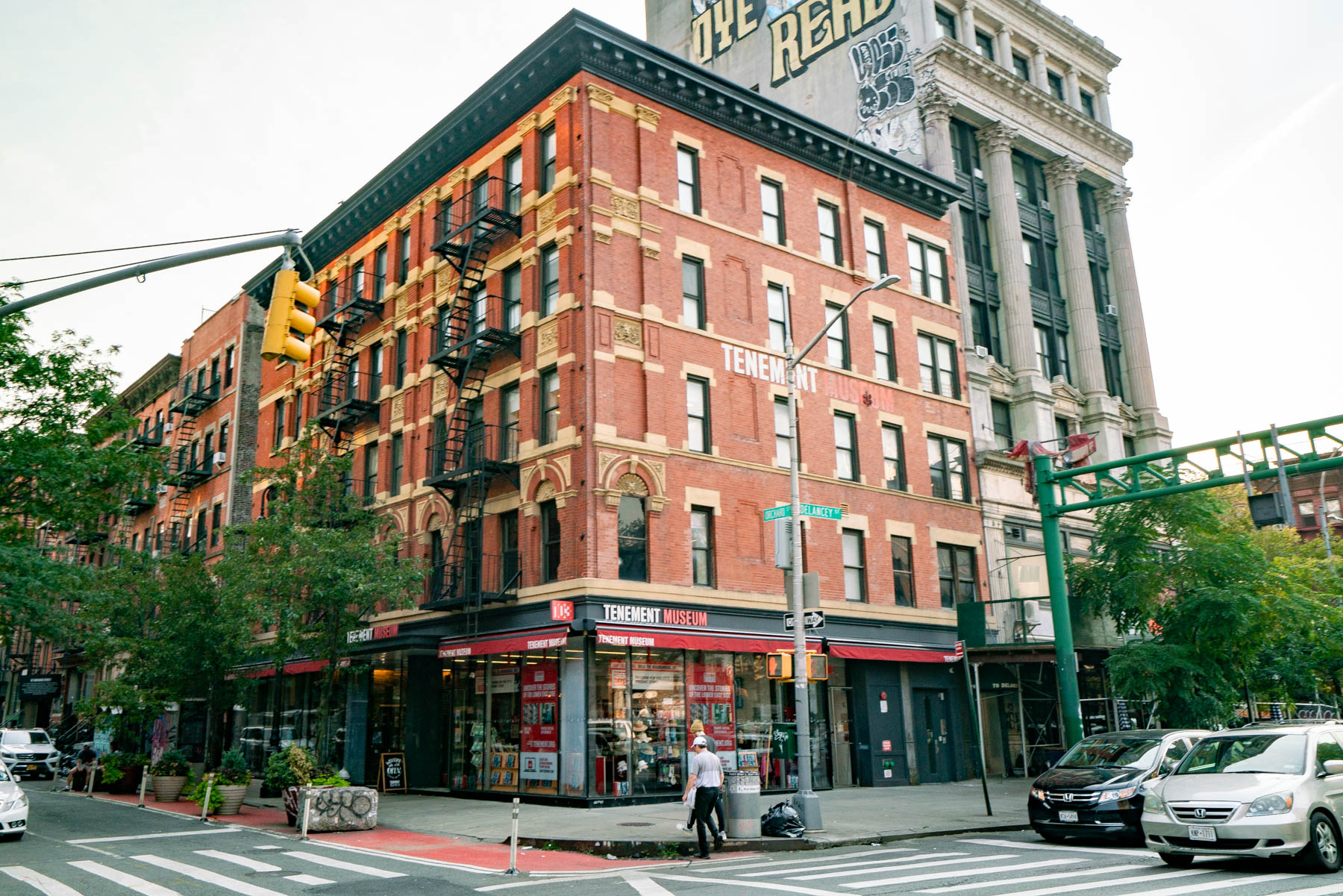
18. The Martin Van Buren National Historic Site
The 8th president of the United States, Martin Van Buren, was an American lawyer and statesmen. Prior to that, he had served as U.S. senator, secretary of state and vice president of the United States.
Van Buren would be the last sitting vice president to be elected president until George H.W. Bush did it in 1988.
The Martin Van Buren National Historic Site is a historic home and museum located in Kinderhook, New York, that preserves the home and estate of Martin Van Buren . Visitors to the site can explore the historic home and grounds, which includes the main house, a brick office, and various outbuildings.
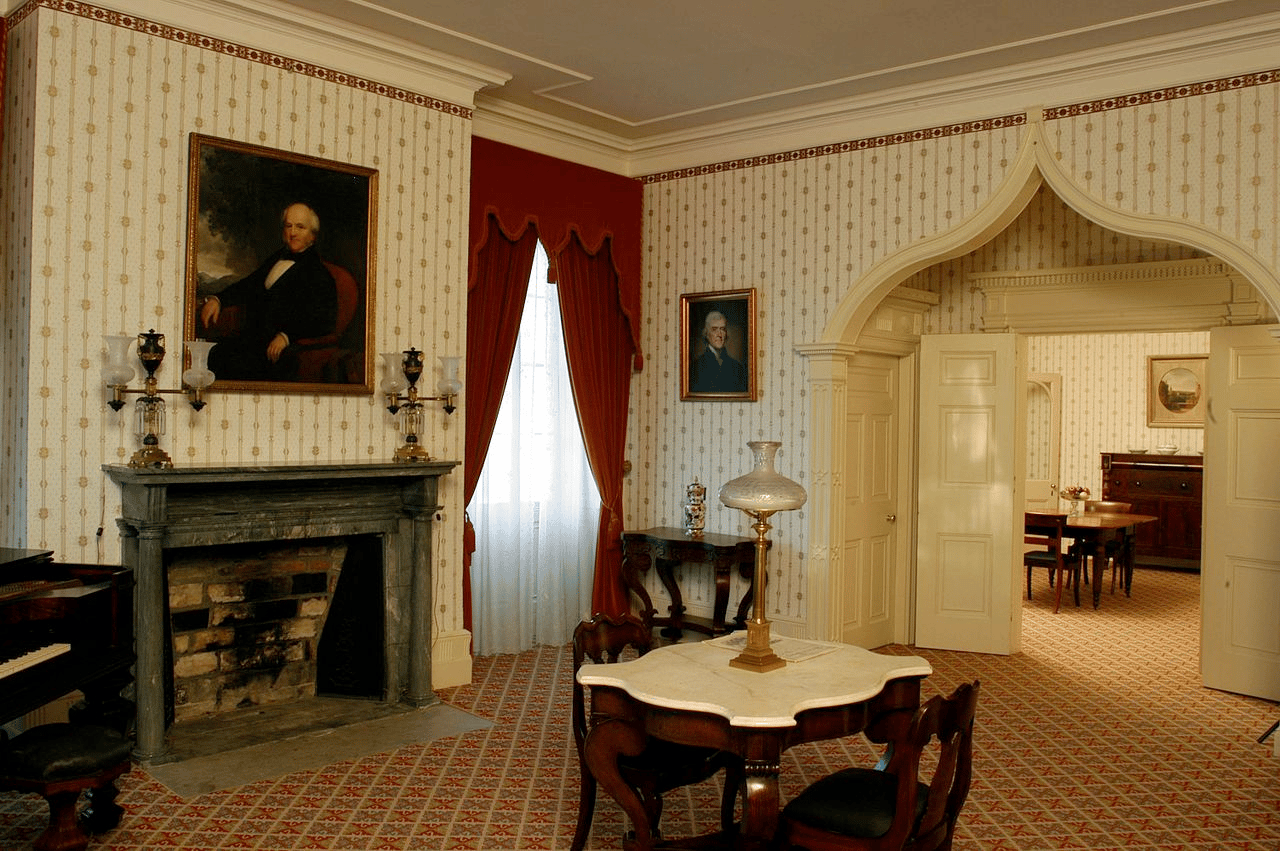
Explore Lindenwald
The main house, known as Lindenwald, is a large Federal-style home that was built in 1839 and features period furnishings and artifacts that give visitors a glimpse into the life and times of Martin Van Buren. Visitors can see the President’s bedroom, parlor, and library, as well as other rooms such as the dining room, kitchen, and servant’s quarters.
The site also includes a Visitor Center where visitors can learn more about Van Buren’s life and legacy through exhibits and interactive displays. The visitor center also has a museum store where visitors can purchase souvenirs, books and other items related to the President and the site.
Additionally, visitors can take a guided tour of the home and grounds, which highlights the history of the site and the life of Martin Van Buren, as well as learn about the architecture and decorative arts of the period. The site also offers ranger-led tours and special events throughout the year.
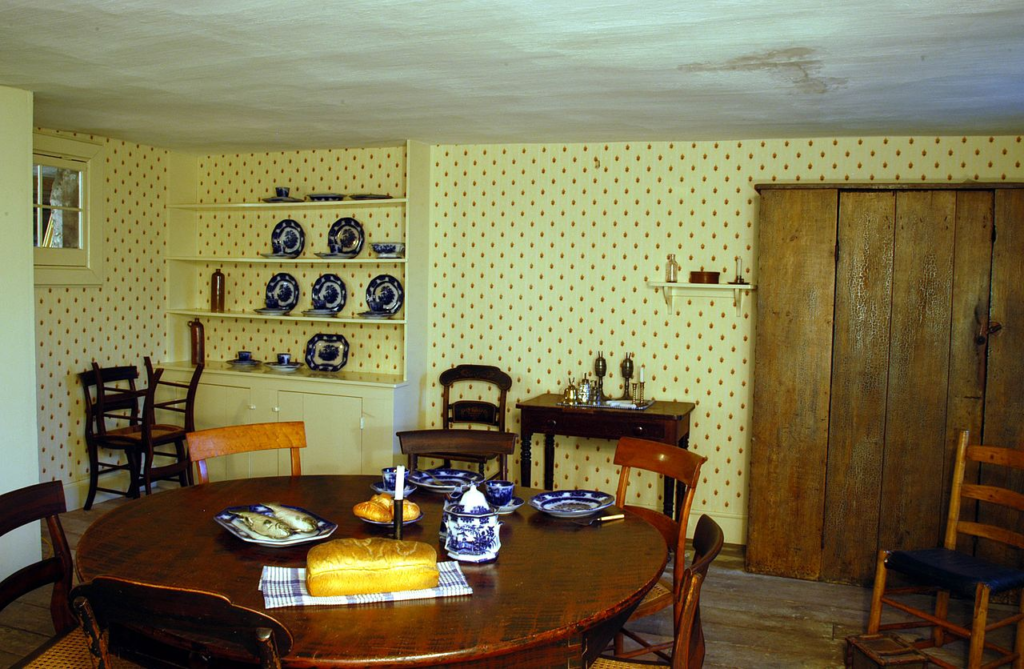
Check Out The Park’s Trails
While at the Martin Van Buren National Historic Site why not check out the the park’s trails, as well as those that pass through or are nearby.
These trails will enable you to experience the beautiful scenery and interesting history while you’re getting in your steps. Exercise your body and your mind learning about Martin Van Buren and enjoying the surrounding countryside.
Now if you’re looking to take a deeper dive into this fascinating figure then I recommend: Martin Van Buren and the Emergence of American Popular Politics by Joel H. Silbey.
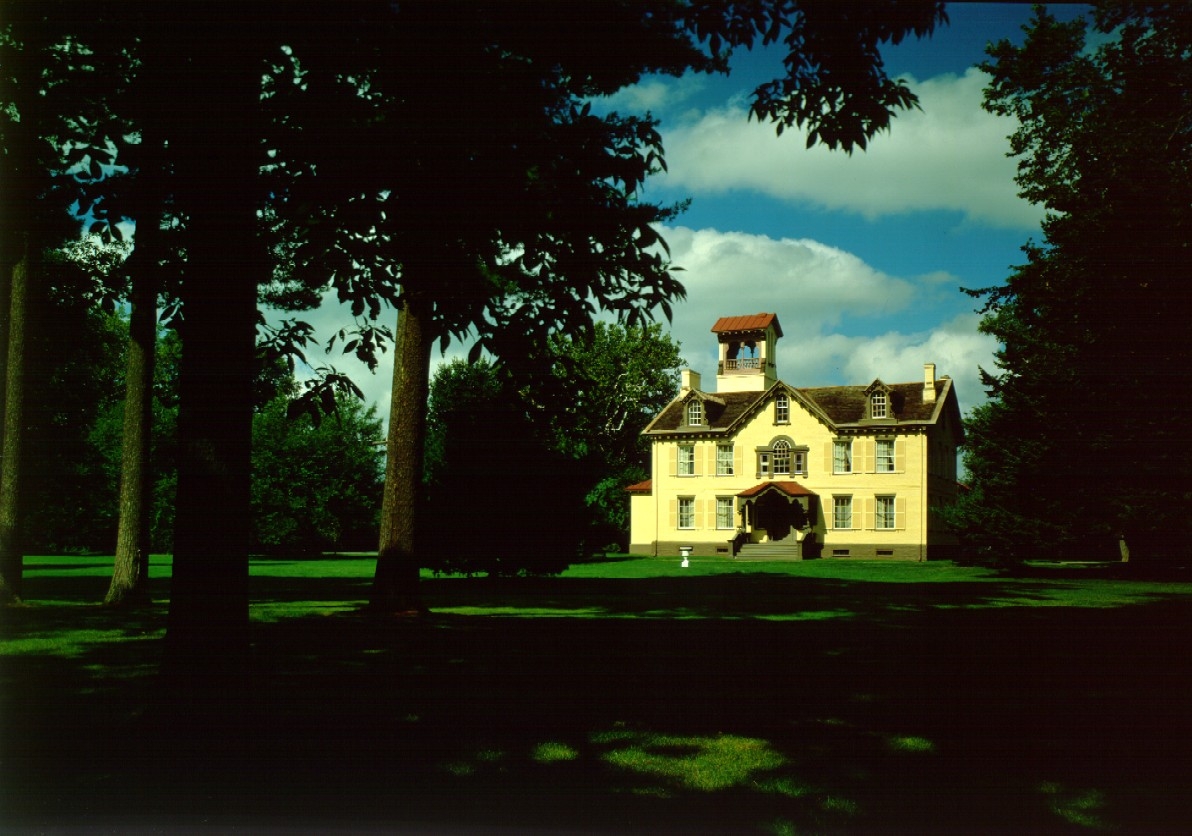
19. North Country National Scenic Trail
The New York National Parks include some amazing trails.
The North Country National Scenic Trail (NCNST) is a long-distance hiking trail that runs through seven states in the northern United States, from New York to North Dakota. The trail is approximately 4,600 miles long and passes through some of the most beautiful and remote wilderness areas in the country.
The idea for the NCNST was first proposed in the late 1960s by a group of hikers and conservationists who wanted to create a trail that would connect the existing long-distance trails in the northern United States.
The trail was officially authorized by Congress in 1980, under the National Trails System Act, as the first national scenic trail in the eastern United States.
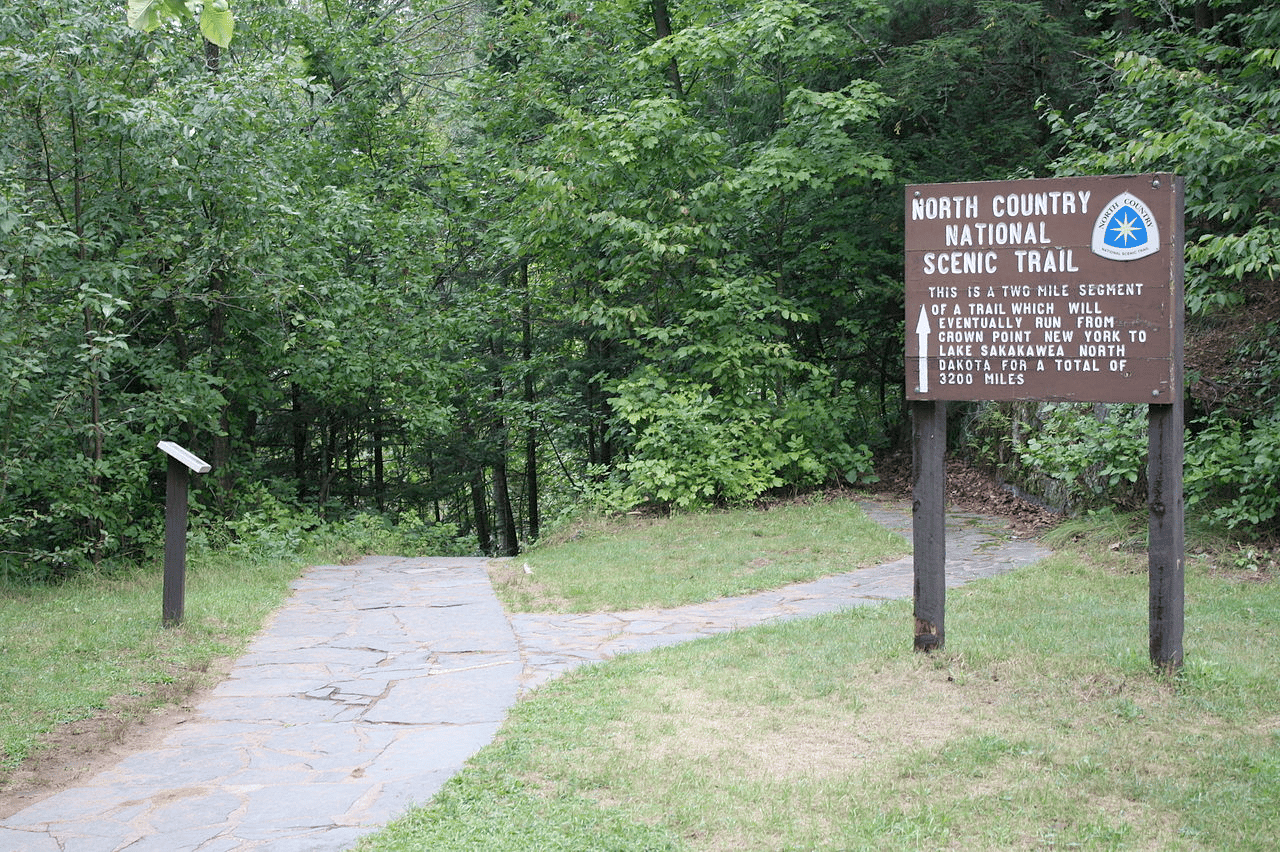
The Trail Was A Collaborative Effort
The development and construction of the trail has been a collaborative effort between federal agencies, state governments, and various trail organizations and volunteers. Over the years, many different sections of the trail have been developed and marked, and today, much of the trail is completed and open to hikers.
The trail passes through a variety of landscapes, including forests, wetlands, prairies, and mountains. Along the way, hikers can enjoy scenic vistas, wildlife, and historic sites. It also passes through a number of national forests, state parks, and other protected areas.
The trail is maintained by the National Park Service and several trail organizations, including the North Country Trail Association, which works to promote the trail and provide support to hikers. The trail is open to the public year-round and can be enjoyed in sections or as a through-hike.
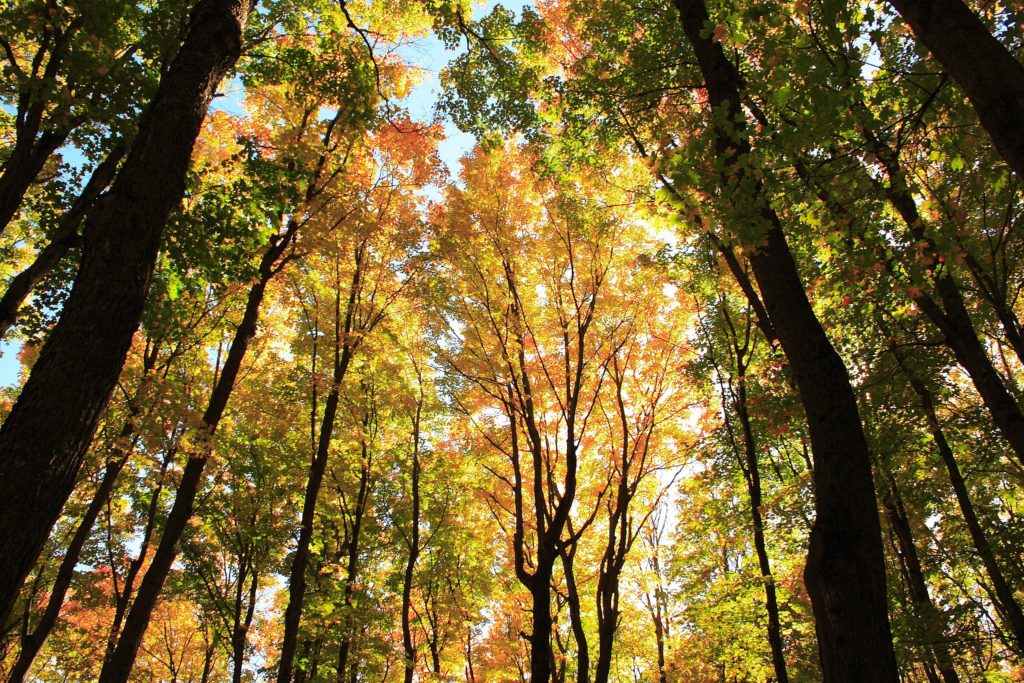
More New York National Parks
20. Sagamore Hill National Historic Site
Theodore Roosevelt was the 26th President of the United States, serving from 1901 to 1909. He became the leader of the Republican Party and became President after the assassination of President William McKinley.
Roosevelt is known for his “Square Deal” domestic policies, which aimed to bring economic and social justice to all Americans. He also greatly expanded the power and influence of the presidency and was a strong advocate for the conservation of natural resources.
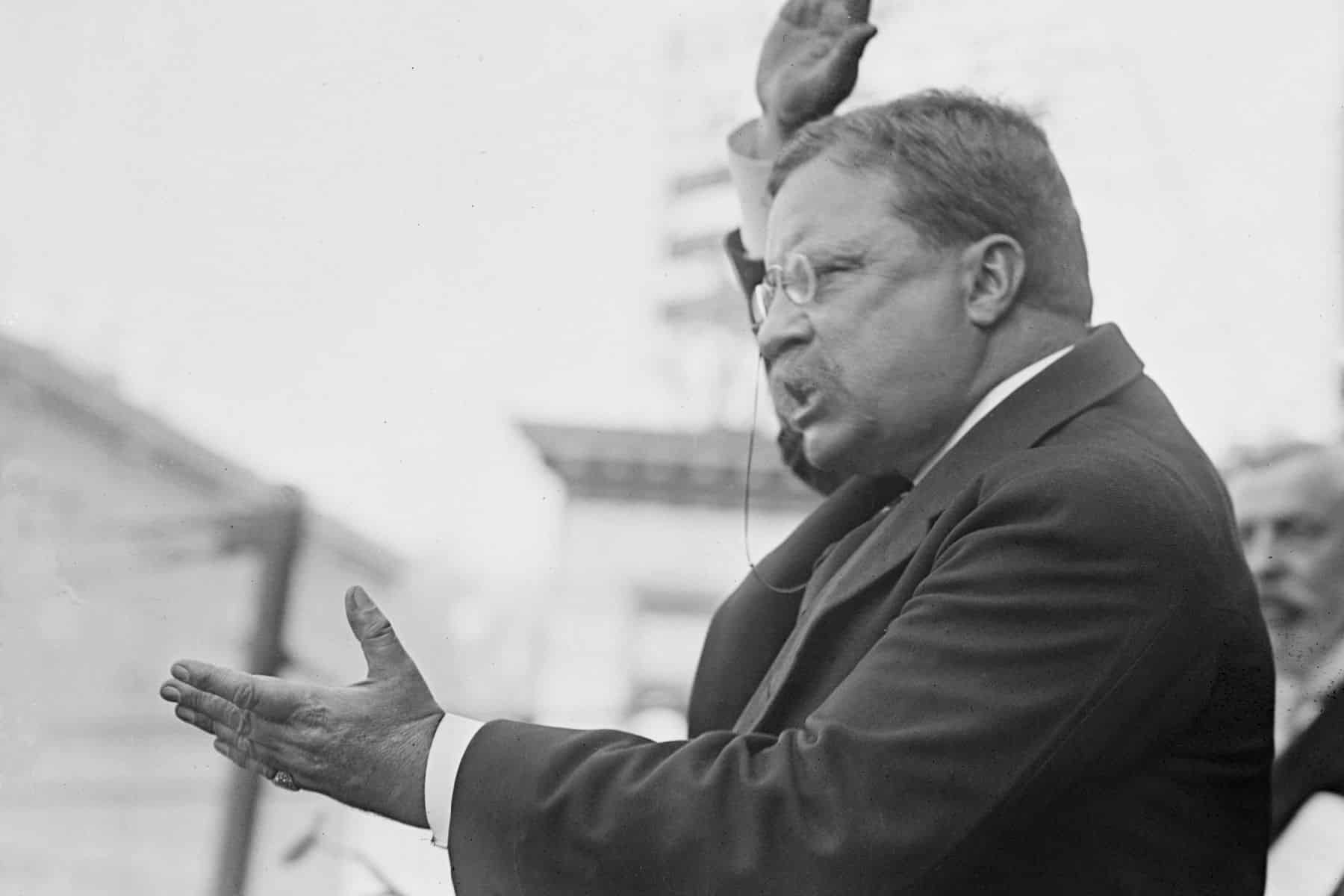
Additionally, he was a war hero, and he was awarded the Nobel Peace Prize for his role in ending the Russo-Japanese War.
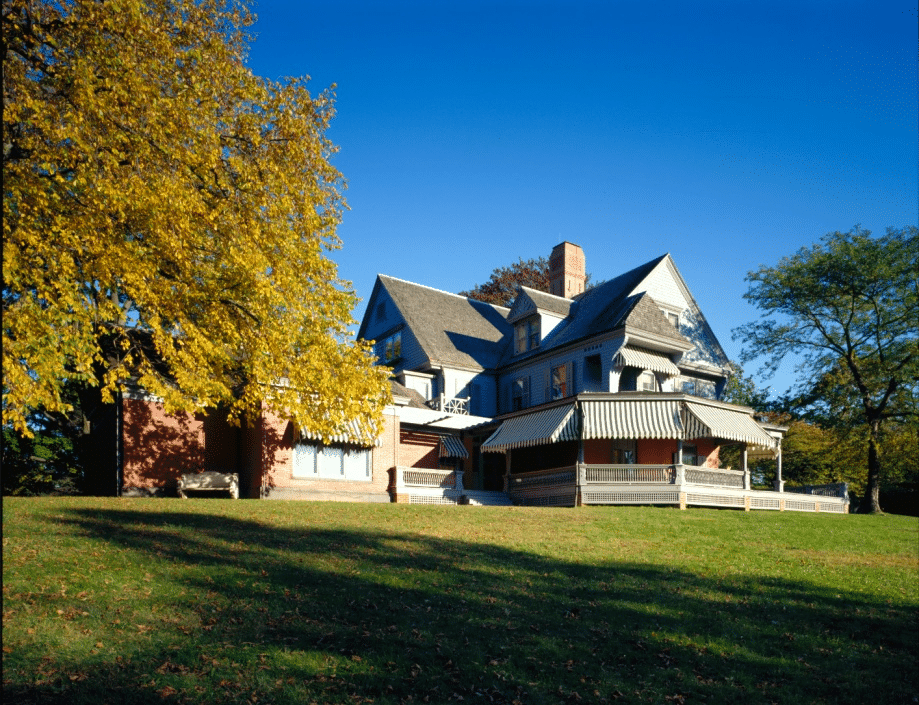
Things To Do At Sagamore Hill National Historic Site
Here are some things to do while visiting:
- House Tours: Take a guided tour of the Theodore Roosevelt’s home, which is filled with original furnishings, personal belongings, and artifacts from his life.
- Nature Trails: Explore the park’s nature trails, which wind through the woods and fields that surround Sagamore Hill. Visitors can see wildlife, such as birds, deer, and rabbits, and enjoy the scenic views.
- Roosevelt Museum: Visit the park’s museum, which showcases exhibits about Roosevelt’s life and accomplishments, including his role in conservation, foreign policy, and domestic reform.
- Ranger-led Programs: Participate in ranger-led programs, including guided tours, talks, and demonstrations, which are offered throughout the year.
- Picnicking: The park has several picnic areas, which provide a great opportunity to relax and enjoy the views of the historic site.
- Junior Ranger Program: Children can participate in the park’s Junior Ranger Program, which includes fun and educational activities that teach them about the life and legacy of Theodore Roosevelt.
- Birdwatching: Sagamore Hill is home to a variety of bird species, including ospreys, bald eagles, and great blue herons. Visitors can bring their binoculars and go birdwatching.
- Theodore Roosevelt Memorial: Visit the Theodore Roosevelt Memorial, which features a statue of Roosevelt and several plaques that commemorate his life and accomplishments.
- Hiking and Biking: The park offers hiking and biking trails, which offer scenic views of the historic site and the surrounding landscapes.
- Theodore Roosevelt’s Grave: Visit Theodore Roosevelt’s grave, which is located on a hill overlooking Oyster Bay. The site is a peaceful and reflective spot that pays tribute to one of America’s most important presidents.
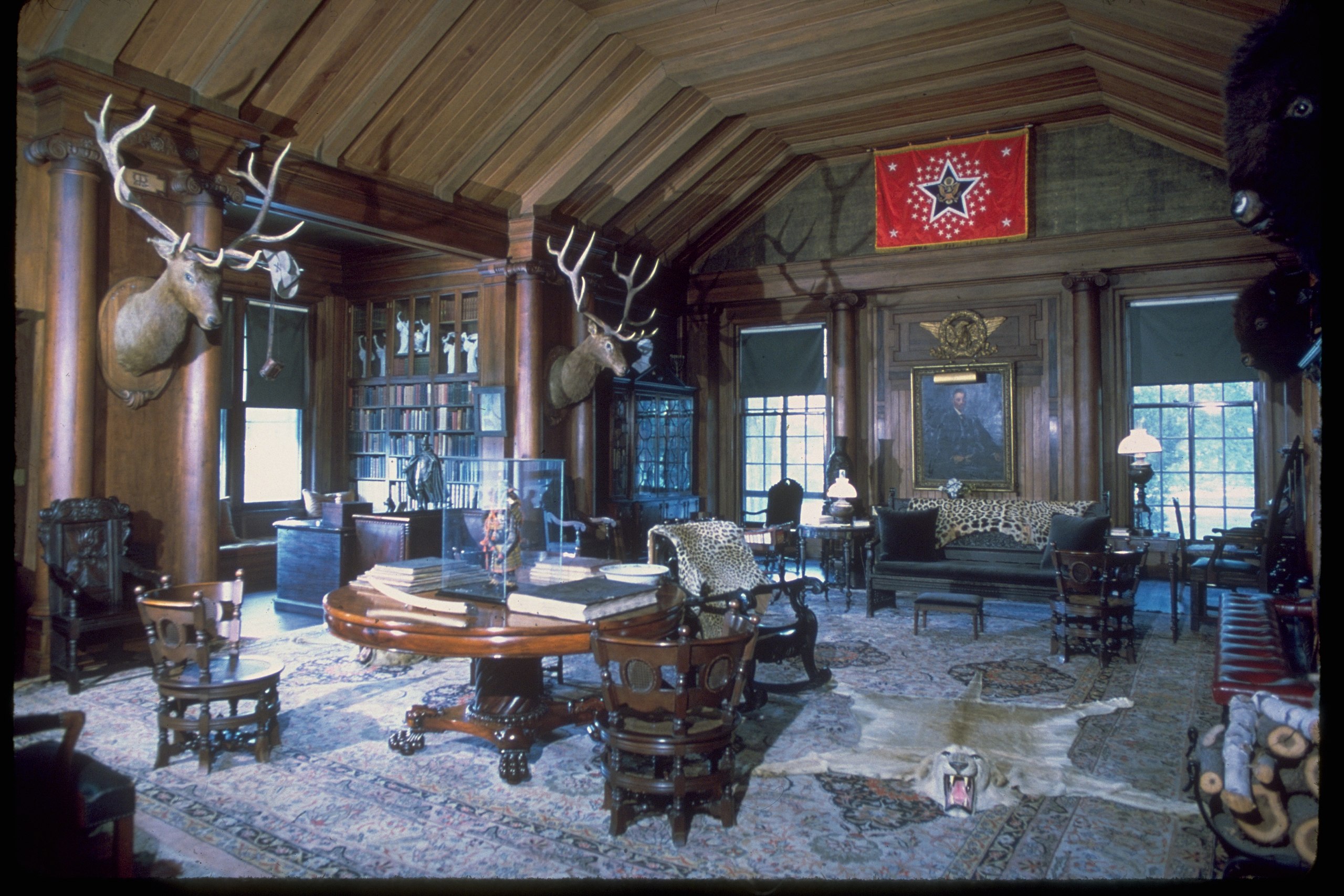
21. Saint Paul’s Church National Historic Site
One of the most unique of the New York National Parks is St. Paul’s. It’s a wonderful 18th century church. It was built at the end of the French & Indian War which increasingly became a time of reassessment for the colonists as their debated their futures as members of the British Empire. Of course we all know how that story turned out.
Design of the church was inspired by the edifices built around London following the Great Fire of 1666, where the principal architect was Christopher Wren. Books with sketches and diagrams based on the construction of some of those churches were available in colonial New York.
Local masons helped to build the church along with craftsmen from New York City who would live in the area for months, boarding with Eastchester families.
Stones were drawn from the local fields (hence the contemporary term, “fieldstone”), while bricks were also local, probably molded from clay deposits along the Hudson River.
Visitors to the Saint Paul’s Church National Historic Site will have an opportunity to step back in time and marvel at the magnificent architecture of a structure which is now a part of a bygone era.

22. Saratoga National Historical Park
Their are battles in history which prove to be turning points. Saratoga is a case in point.
The Battle of Saratoga was a turning point in the American Revolution. It gave the Patriots a major morale boost and persuaded the French, Spanish and Dutch to join their cause against a mutual rival.
The battle convinced the world that America could win its struggle. As a consequence, France became an important military ally. Their navy helped to seal the final American victory at Yorktown.
A wonderful in-depth look at this important battle is: Saratoga: Turning Point of America’s Revolutionary War by Richard Ketchum.
Things To Do At Saratoga National Historical Park
Let’s begin with the history and a tour of the Philip Schuyler Country Estate. Built in 1777, it’s a northern plantation that showcased Schuyler’s wealth and success. Laborers worked in the timber mills, flax mills, grist mills, gardens, and herring fishery, providing the income to sustain this upper class family. You can see it all!
Then there’s the outdoor fun which includes:
- Biking the Tour Road and enjoy the scenery while you do so.
- Climbing Saratoga Monument which includes 188 steps. At the top you will be treated to amazing views of the surrounding area, with up to 30+ mile visibility on clear days.
- Check out Victory Woods. It’s a self-guided, 1/2 mile developed pathway with interpretive signage.
- Hike the Wilkinson Trail and follow in the footsteps of Patriots and Tories alike.
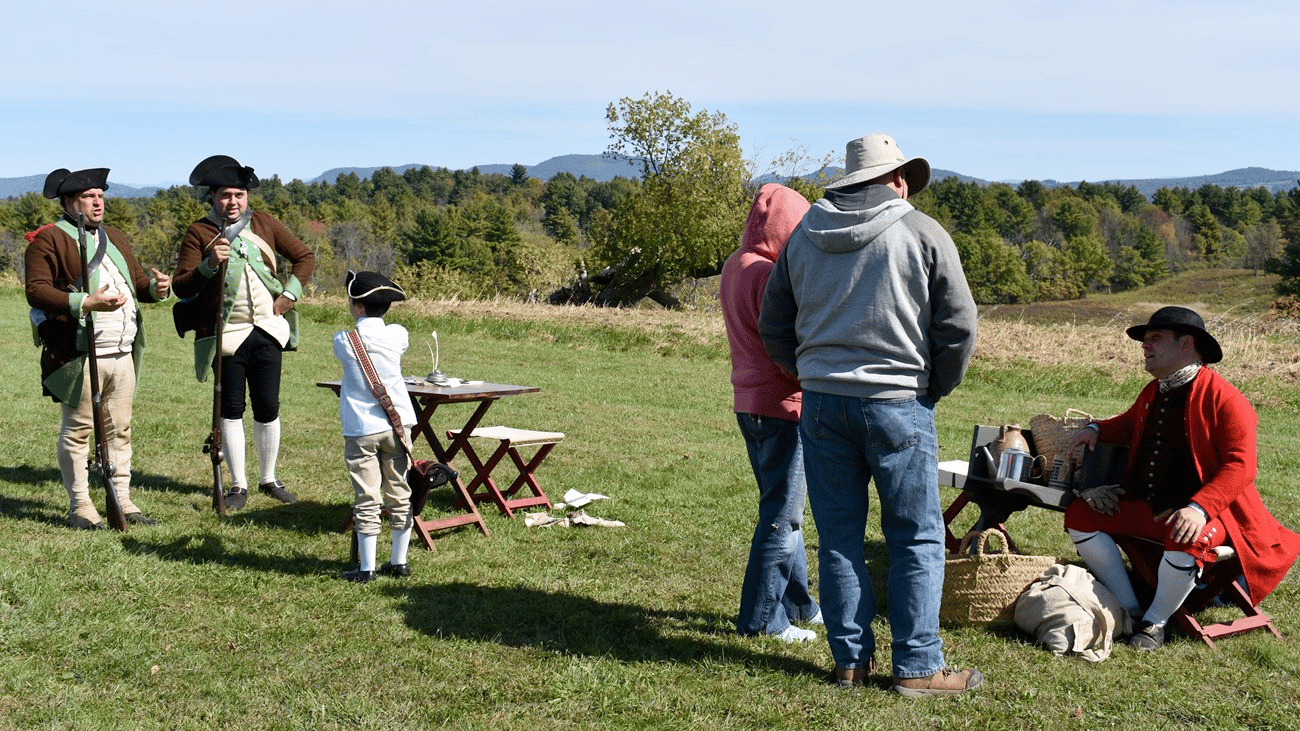
23. Statue Of Liberty National Monument
New York National Parks include what some have described as the most iconic symbol in the world.
The Statue of Liberty has come to represent freedom, democracy and justice that societies around the world have sought to emulate. It is one of the most recognizable landmarks in both America and the world.
The statue, officially named “Liberty Enlightening the World,” was a gift to the United States from the people of France in 1886 to celebrate the centennial of American independence.
The statue was designed by French sculptor Frédéric Auguste Bartholdi and was built by Gustave Eiffel, the engineer famous for building the Eiffel Tower.

Libertas – The Roman Goddess Of Freedom
The statue depicts a robed female figure representing Libertas, the Roman goddess of freedom, who holds a torch above her head with her right hand, and in her left hand carries a tabula ansata inscribed in Roman numerals with “July IV MDCCLXXVI” (July 4, 1776), the date of the U.S. Declaration of Independence.
The Statue of Liberty was dedicated on October 28, 1886, and was initially only open to visitors who were able to climb to the crown via a narrow staircase. In the following decades, the statue underwent several renovations and improvements, including the addition of an elevator to the crown in 1916, which made it more accessible to the public.
Officially Designated A National Monument
In 1924, the Statue of Liberty was officially designated as a national monument and placed under the care of the National Park Service.
The statue and Liberty Island were closed to the public in 1941 due to security concerns during World War II, and the island was reopened to visitors in 1946.
In 1984, both the statue and Liberty Island were designated as part of the Statue of Liberty National Monument. Today, the statue remains a popular tourist destination and an enduring symbol of freedom and democracy.
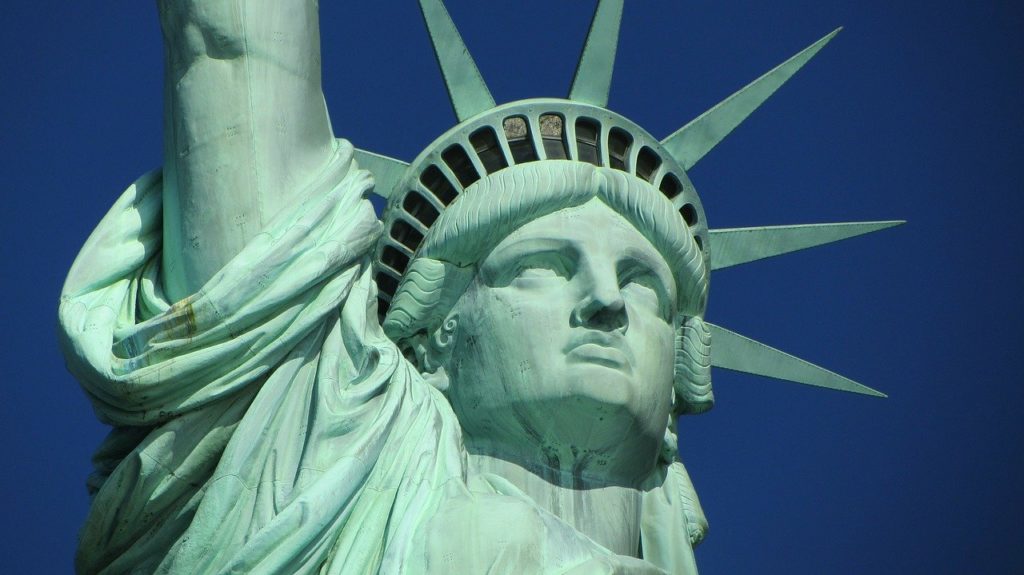
Things To Do At The Statue Of Liberty Monument
The Visitor Information Station features brochures, maps and memorabilia, and also gives visitors a chance to watch a short documentary about the making of the Statue of Liberty.
The Statue of Liberty Exhibit is located on the second floor of the pedestal inside the Statue. It features a vast collection of photographs, prints and artifacts that tell the story of the monument throughout history.
You can learn about the history of the famous torch held by Lady Liberty by visiting The Torch Exhibit. The display features a collection of diagrams, drawings, cartoons, renderings and photographs of the torch over the course of the monument’s history.
And don’t forget to walk around Liberty Island and breathe in all of that wonderful freedom.
Still More New York National Parks
24. Stonewall National Monument
Among the most intriguing of the New York National Parks is a monument to the Stonewall Riots. Also called the Stonewall Uprising, it began on June 28, 1969. New York City police raided the Stonewall Inn, a gay club located in Greenwich Village in New York City.
The raid sparked a riot among bar patrons and neighborhood residents as police roughly hauled employees and patrons out of the bar. This led to six days of protests and violent clashes with law enforcement outside the bar on Christopher Street, in neighboring streets and in nearby Christopher Park.
Stonewall National Monument is a new national park unit. It’s located in Christopher Park and is a part of New York City’s Historic Greenwich Village. Visitors can the exhibit on the fence at the park and also virtually.
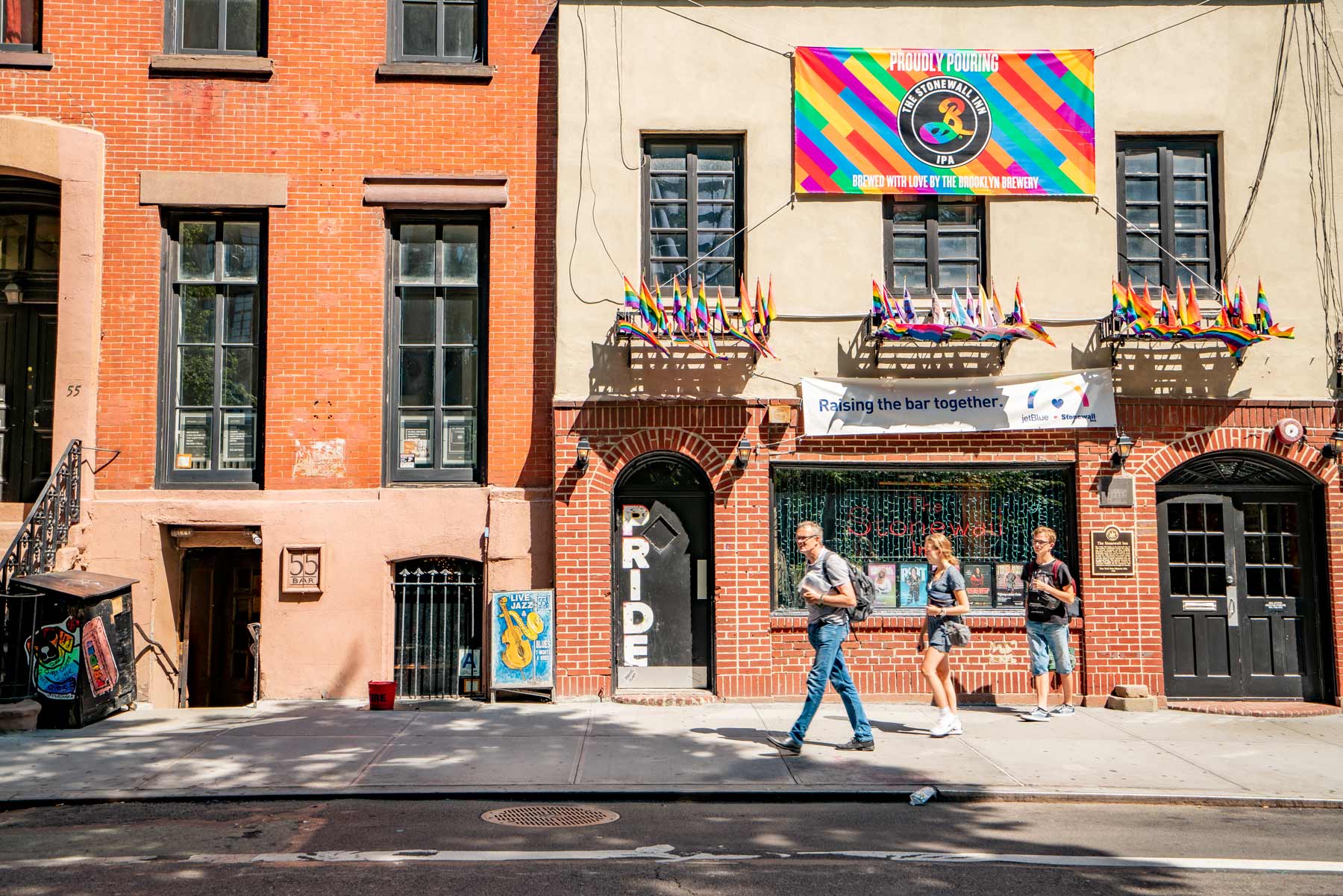
25. Women’s Rights National Historic Park
There is so much important history in New York from revolutionary war to revolutionary struggle. The Women’s Rights National Historical Park tells the story of the first Women’s Rights Convention held in Seneca Falls, NY on July 19-20, 1848.
It’s a story of struggles for civil rights, human rights, and equality, global struggles that continue today. The efforts of women’s rights leaders, abolitionists, and other 19th century reformers remind us that all people must be accepted as equals.
The park is comprised of the visitor center, the historic homes (open seasonally), and the Wesleyan Chapel. The grounds of the historic buildings are open every day.

To Learn More Here Are Some Great Book Recommendations From More Than Just Parks:
- Our First Civil War: Patriots and Loyalists in the American Revolution by H.W. Brands.
- The Historical Atlas of New York City, Third Edition: A Visual Celebration of 400 Years of New York City’s History by Eric Homberger.
- Grant by Jean Edward Smith.
- Harriet Tubman: The Moses of Her People by Sarah Bradford.
- The Wilderness Warrior: Theodore Roosevelt and the Crusade for America by Douglas Brinkley.
- Rightful Heritage: Franklin D. Roosevelt and the Land of America by Douglas Brinkley.
- Benton MacKaye: Conservationist, Planner, and Creator of the Appalachian Trail by Larry Anderson.
- Seneca Falls and the Origins of the Women’s Rights Movement (Pivotal Moments in American History) by Sally McMillen.
- Edmund Morris’s Theodore Roosevelt Trilogy Bundle: The Rise of Theodore Roosevelt, Theodore Rex, and Colonel Roosevelt.
- Franklin D. Roosevelt and the New Deal: 1932-1940 by William E. Leuchtenberg.
- Martin Van Buren and the American Political System by Donald B. Cole.
- The Stonewall Riots: A Documentary History by Marc Stein.
New York National Parks FAQ
According to the National Park Service, New York has 32 national park sites. This does not include any congressionally-designated national parks however.
Some people come here to enjoy the Broadway shows; others come specifically to shop and dine; and many come simply to see the sites: the Statue of Liberty, Empire State Building, Brooklyn Bridge, Central Park, historic neighborhoods, and numerous world famous museums.
The following is a list of the must-see historic sites in New York:
Statue Of Liberty National Monument
911 Memorial
Times Square
Home Of Franklin D. Roosevelt National Historic Site
Ellis Island
Sagamore Hill National Historic Site
General Grant National Memorial
African Burial Ground National Monument
Federal Hall National Memorial
Women’s Rights National Historic Park
Grand Central Station
The Metropolitan Museum of Art
Empire State Building
The American Museum Of Natural History
Brooklyn Bridge
Fraunces Tavern
Trinity Church
Rose Center For Earth & Space
Tenement Museum
Central Park
Why Trust Us About New York National Parks?
We’re Jim Pattiz and Will Pattiz, collectively known as the Pattiz Brothers (and sometimes the Parks Brothers) and we absolutely LOVE the national parks.
You should probably know that we don’t just make this stuff up out of thin air. We’ve spent our entire adult lives exploring and filming America’s national parks and public lands.
We’ve worked with the National Park Service, the Department of Interior, USDA, and the U.S. Forest Service for years creating films on important places and issues. Our work has been featured in leading publications all over the world and even some people outside of our immediate family call us experts on the national parks.
Meet The Parks Brothers
Map Of New York National Park Sites
List Of New York National Park Sites
- African Burial Ground National Monument
- Appalachian National Scenic Trail
- Captain John Smith Chesapeake National Historic Trail
- Castle Clinton National Monument
- Chesapeake Bay Watershed
- Eleanor Roosevelt National Historic Site
- Ellis Island
- Federal Hall National Memorial
- Fire Island National Seashore
- Fort Stanwix National Monument
- Gateway National Recreation Area
- General Grant National Memorial
- Governors Island National Monument
- Hamilton Grange National Memorial
- Harriet Tubman National Historical Park
- Home Of Franklin D. Roosevelt National Historic Site
- Lower East Side Tenement Museum National Historic Site
- Martin Van Buren National Historic Site
- North Country National Scenic Trail
- Sagamore Hill National Historic Site
- Saint Paul’s Church National Historic Site
- Saratoga National Historical Park
- Statue Of Liberty National Monument
- Stonewall National Monument
- Women’s Rights National Historic Park
We Hope You’ll Follow Our Journey
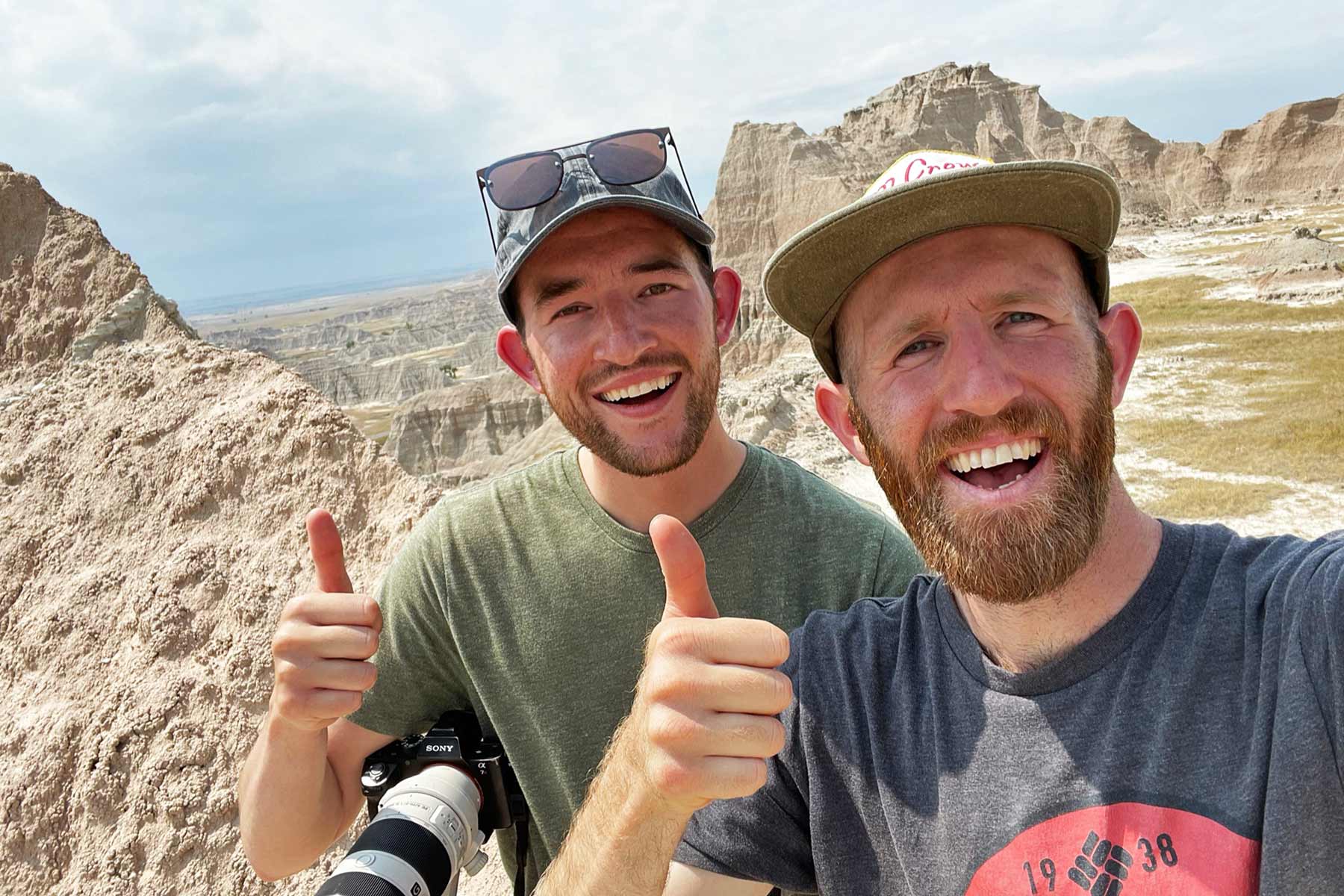
Our goal here at More Than Just Parks is to share the beauty of America’s national parks and public lands through stunning short films in an effort to get Americans and the world to see the true value in land conservation.
We hope you’ll follow our journey through the parks and help us to keep them the incredible places that they are. If you’re interested in joining the adventure then please sign up below!
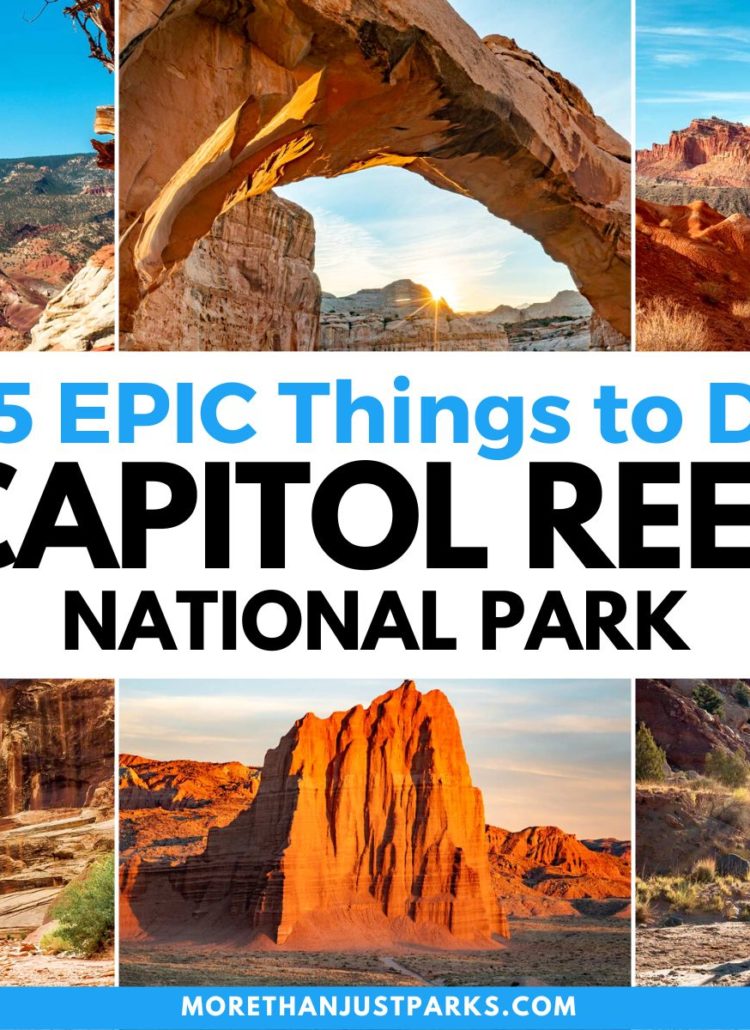
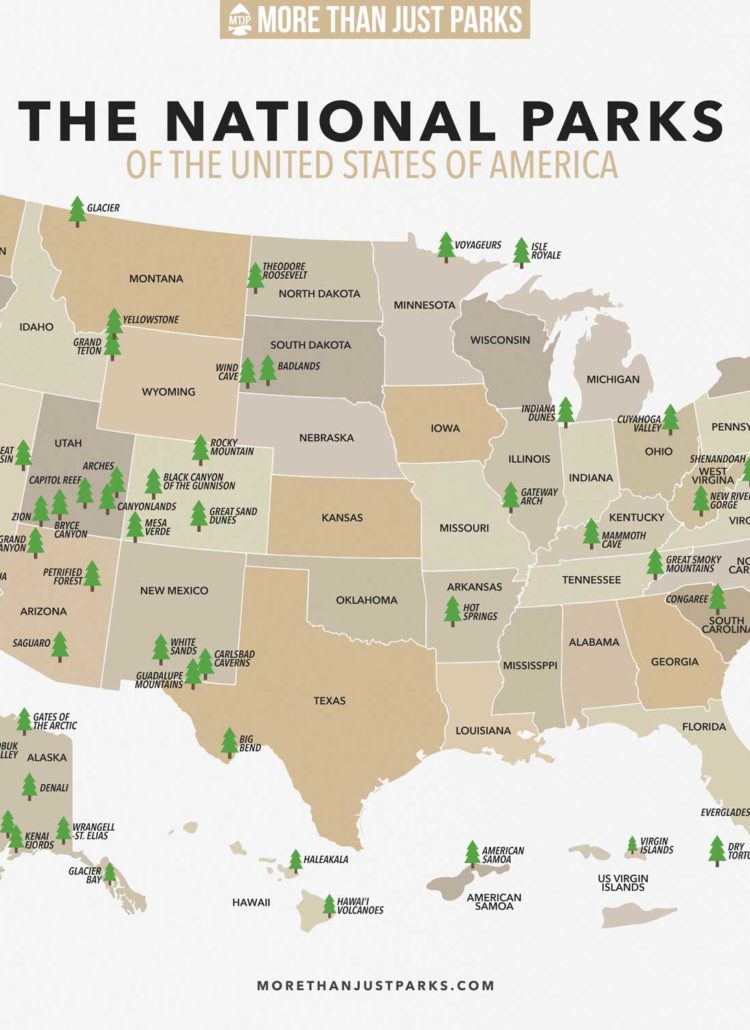
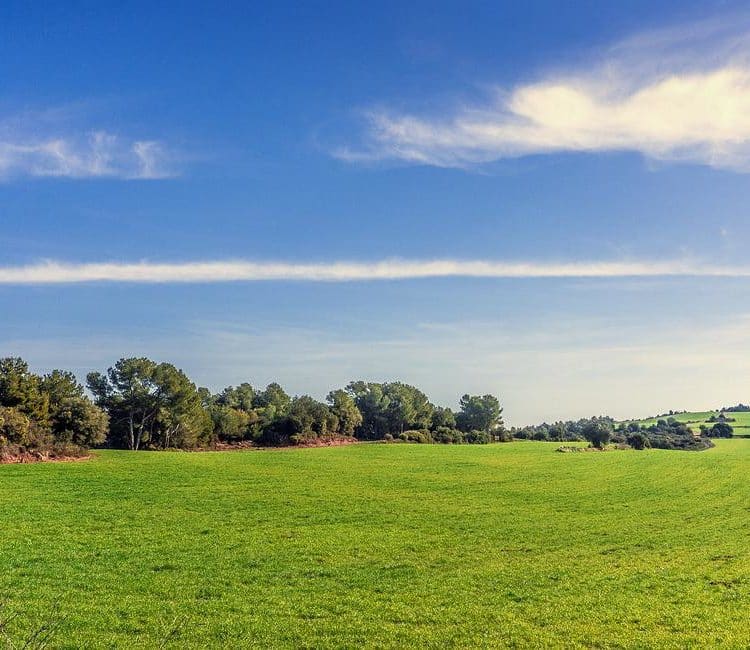
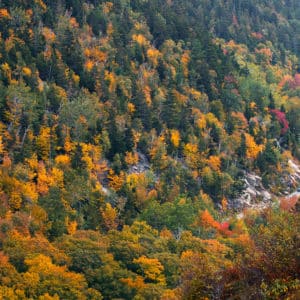
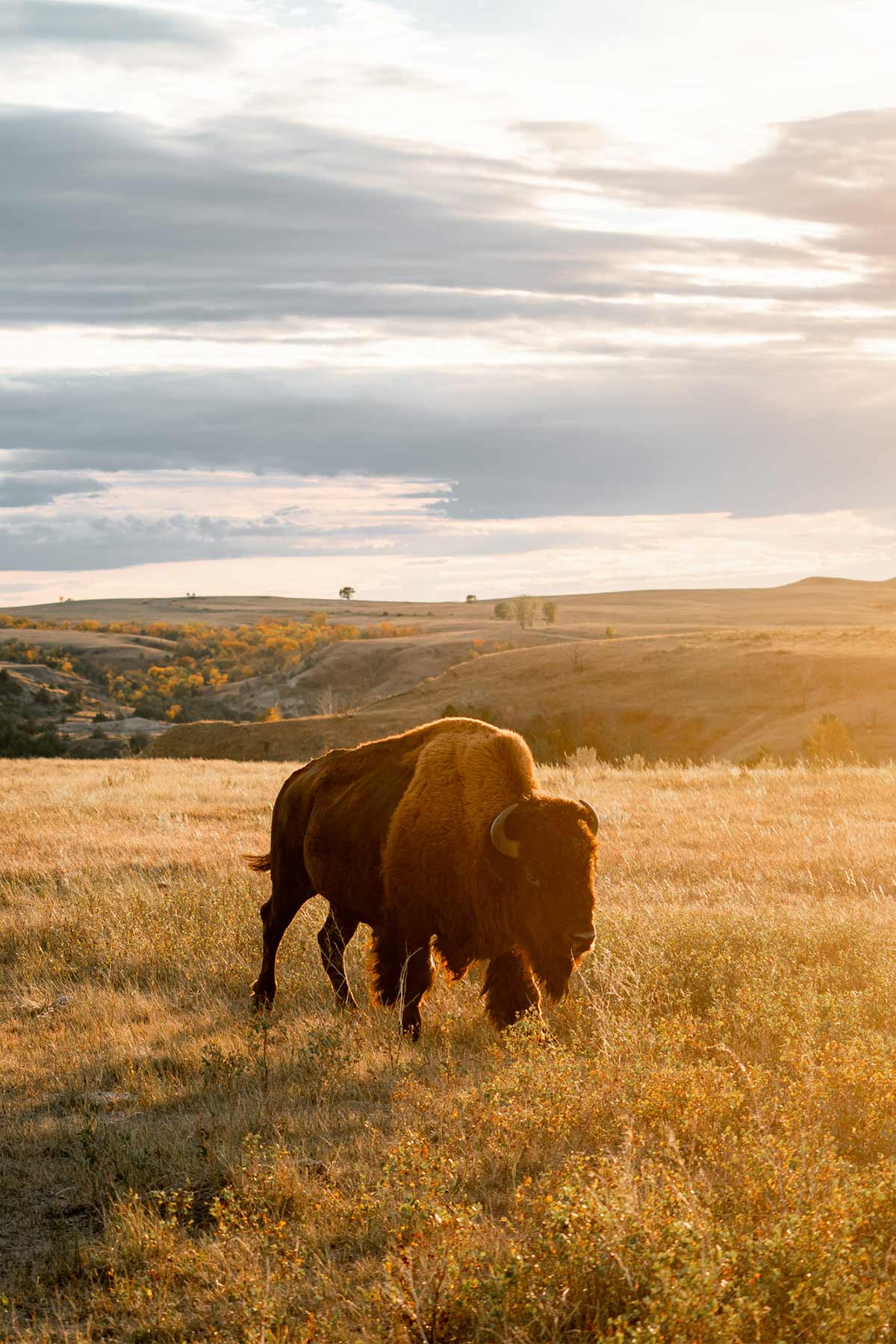
Leave a Reply